RS485 es un protocolo de comunicación ampliamente utilizado en la automatización industrial, el control de edificios y los sistemas eléctricos, conocido por su gran capacidad antiinterferente, sus largas distancias de transmisión y su compatibilidad con la comunicación multipunto. Sin embargo, en aplicaciones prácticas, la comunicación RS485 se enfrenta a problemas como la atenuación de la señal en largas distancias y la inestabilidad en entornos con fuertes interferencias electromagnéticas. Para resolver estos problemas, Transceptores de fibra óptica se integran cada vez más en los sistemas de comunicación RS485. Este artículo explora los escenarios de aplicación de los transceptores de fibra óptica en la comunicación RS485 y ofrece estudios de casos para demostrar su valor práctico.
Escenarios de aplicación de los transceptores de fibra óptica en la comunicación RS485
1. Transmisión a larga distancia
La distancia máxima de transmisión del protocolo RS485 es de 1200 metros. Sin embargo, en muchas aplicaciones, las distancias de comunicación superan con creces este límite. A grandes distancias, la atenuación de la señal puede degradar la calidad de la comunicación. Los transceptores de fibra óptica convierten las señales eléctricas en señales ópticas, lo que permite la transmisión a través de cables de fibra óptica, que pueden abarcar varios kilómetros con una pérdida de señal mínima.
Estudio de caso: En los sistemas de vigilancia de oleoductos, la distancia entre los sensores y los centros de control puede alcanzar varios kilómetros. El uso exclusivo de la comunicación RS485 provoca una atenuación significativa de la señal, lo que compromete la fiabilidad. Al integrar transceptores de fibra óptica, las señales RS485 se convierten en señales ópticas y se transmiten a través de cables de fibra óptica, lo que garantiza una comunicación estable y fiable a larga distancia.
2. Entornos de alta interferencia electromagnética
La automatización industrial y los sistemas de alimentación funcionan a menudo en entornos con altos niveles de interferencias electromagnéticas (EMI), como las producidas por variadores de frecuencia y equipos de alta tensión. Estas interferencias pueden perturbar la comunicación RS485, provocando errores o el fallo total de la comunicación. Los transceptores de fibra óptica, que transmiten datos como señales luminosas, son inmunes a las interferencias electromagnéticas, lo que garantiza una comunicación estable en estos entornos.
Estudio de caso: En los sistemas de automatización de subestaciones, los equipos de alta tensión generan importantes EMI que pueden interrumpir la comunicación RS485. Al incorporar transceptores de fibra óptica, las señales RS485 se convierten en señales ópticas y se transmiten a través de cables de fibra óptica, lo que elimina eficazmente el impacto de las EMI y garantiza una comunicación fiable.
3. Requisitos de gran ancho de banda
El ancho de banda de RS485 es limitado y suele admitir velocidades de transmisión de datos más bajas. En aplicaciones que requieren una transferencia de datos a alta velocidad, RS485 puede quedarse corto. La comunicación por fibra óptica ofrece un gran ancho de banda y capacidad de transferencia de datos a alta velocidad, lo que la hace adecuada para este tipo de demandas.
Estudio de caso: En los sistemas de transporte inteligentes, los datos de vídeo de alta definición procedentes de las cámaras deben transmitirse a los centros de supervisión. La comunicación RS485 carece del ancho de banda necesario para esta tarea. Mediante el uso de transceptores de fibra óptica, las señales RS485 se convierten en señales ópticas y se transmiten a través de cables de fibra óptica, lo que permite una transferencia de datos de alta velocidad y gran ancho de banda.
4. Aislamiento eléctrico
En las redes multidispositivo o en la comunicación entre dispositivos con diferentes potenciales eléctricos, las diferencias de potencial pueden provocar fallos de comunicación o daños en los equipos. Los transceptores de fibra óptica proporcionan aislamiento eléctrico, evitando que las diferencias de potencial afecten al sistema de comunicación.
Estudio de caso: En los sistemas de gestión de energía distribuida, los dispositivos pueden funcionar a potenciales eléctricos muy diferentes. La comunicación RS485 puede fallar debido a estas diferencias de potencial. Mediante la integración de transceptores de fibra óptica, las señales RS485 se convierten en señales ópticas y se transmiten a través de cables de fibra óptica, lo que garantiza el aislamiento eléctrico y una comunicación estable.
5. Requisitos de alta seguridad
La comunicación por fibra óptica es muy segura, por lo que resulta difícil interceptarla o interferir en ella. En aplicaciones en las que la seguridad de las comunicaciones es crítica, como en sistemas militares o financieros, los transceptores de fibra óptica proporcionan una mayor seguridad.
Estudio de caso: En los sistemas de comunicación militares, la seguridad es primordial. La comunicación RS485 es vulnerable a la interceptación y las interferencias. Mediante el uso de transceptores de fibra óptica, las señales RS485 se convierten en señales ópticas y se transmiten a través de cables de fibra óptica, lo que reduce significativamente el riesgo de interceptación y garantiza una comunicación segura.
Conclusión
Los transceptores de fibra óptica desempeñan un papel crucial en la mejora de los sistemas de comunicación RS485, ya que resuelven los problemas relacionados con la transmisión a larga distancia, las interferencias electromagnéticas, los requisitos de gran ancho de banda, el aislamiento eléctrico y la seguridad. Al convertir las señales eléctricas en señales ópticas y transmitirlas a través de cables de fibra óptica, los transceptores de fibra óptica mejoran significativamente la fiabilidad y el rendimiento de los sistemas de comunicación RS485. Las aplicaciones prácticas en la supervisión de oleoductos, la automatización de subestaciones, el transporte inteligente, la gestión de energía distribuida y la comunicación militar demuestran su valor.



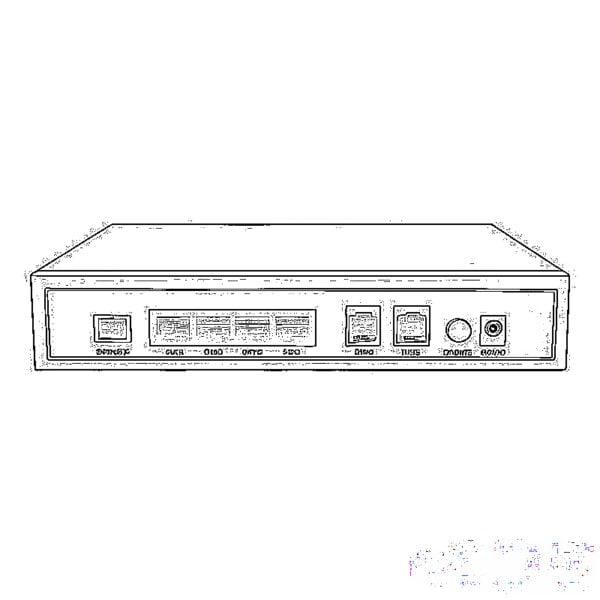
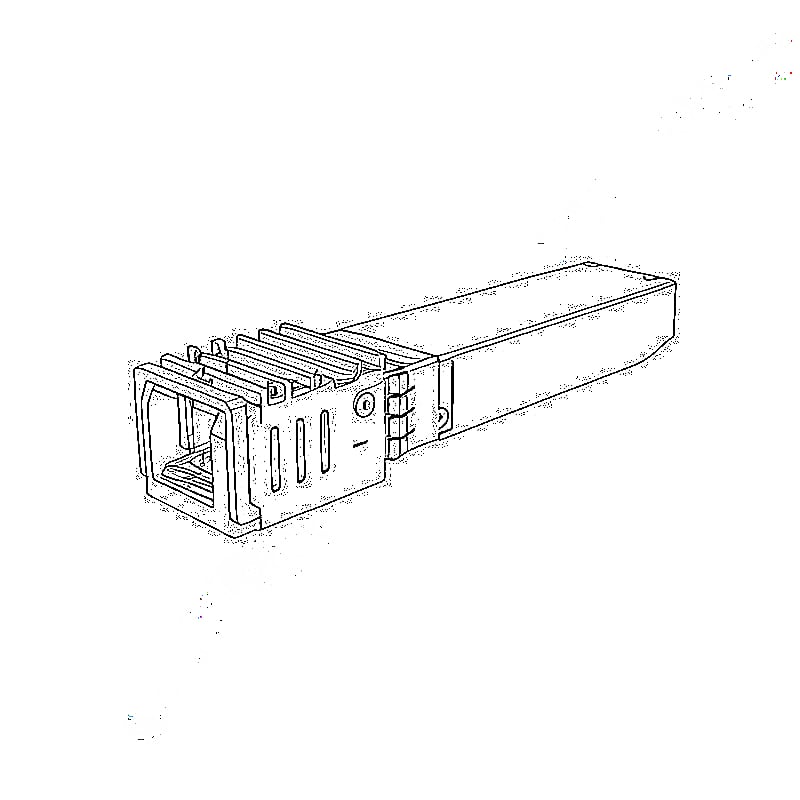
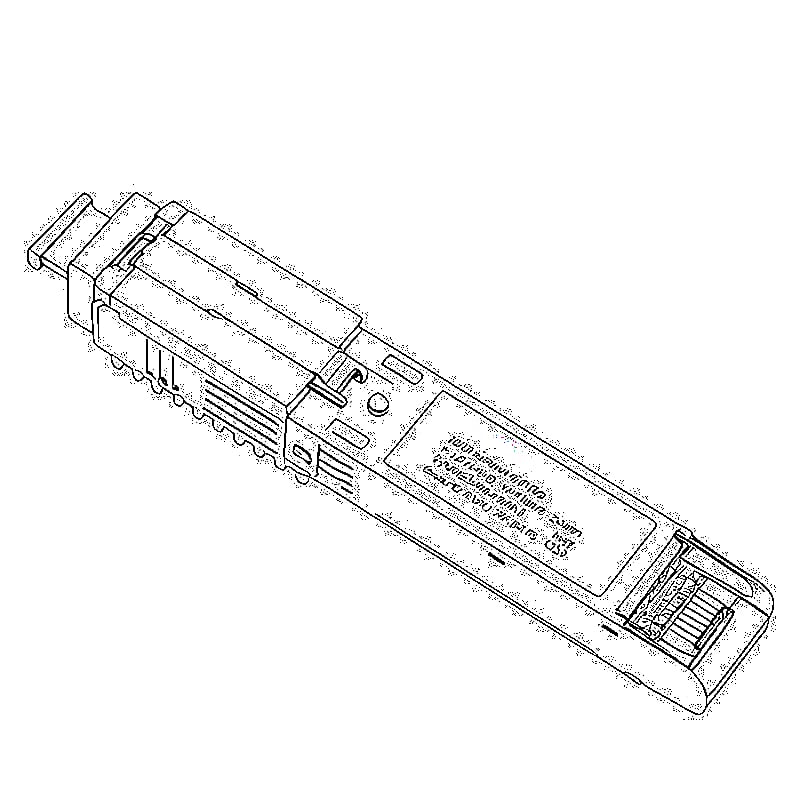
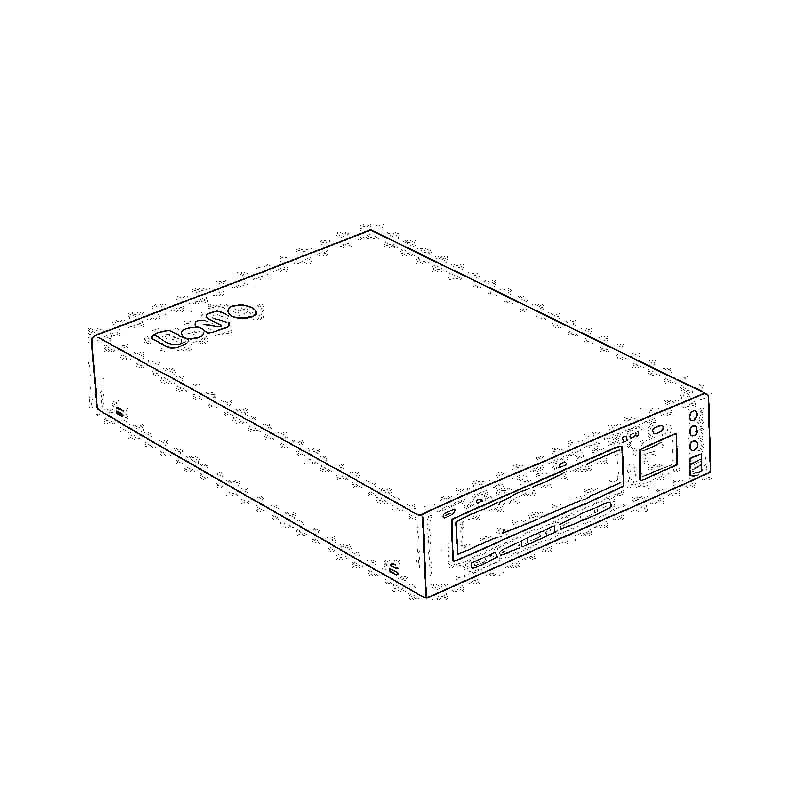
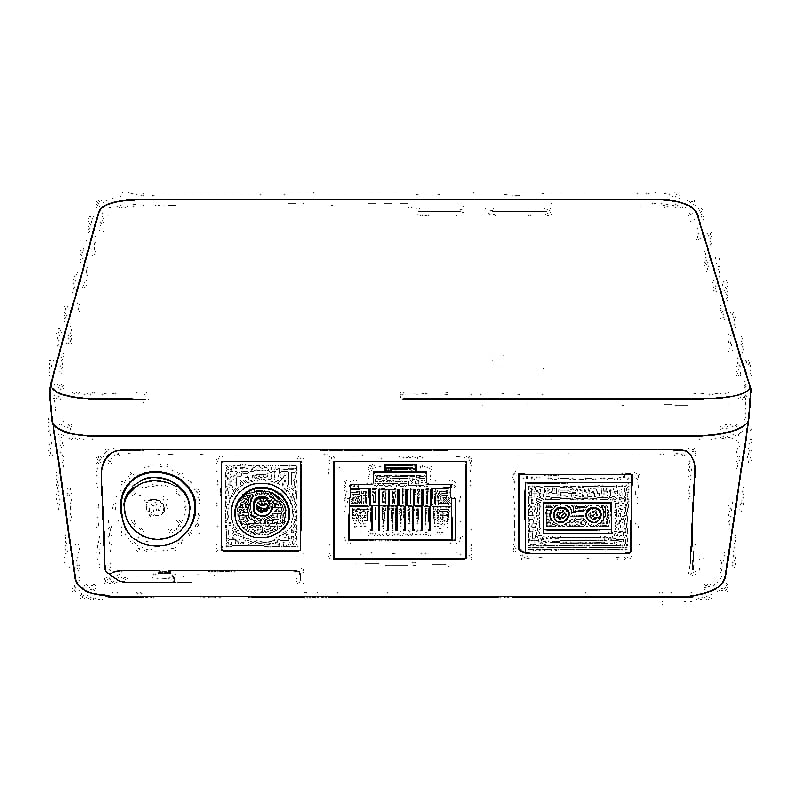
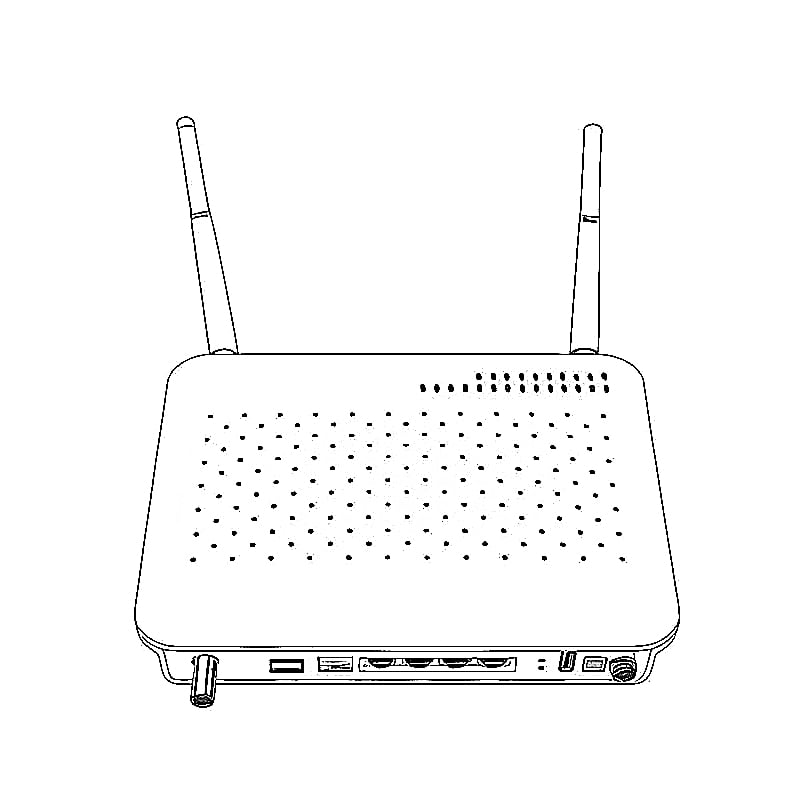
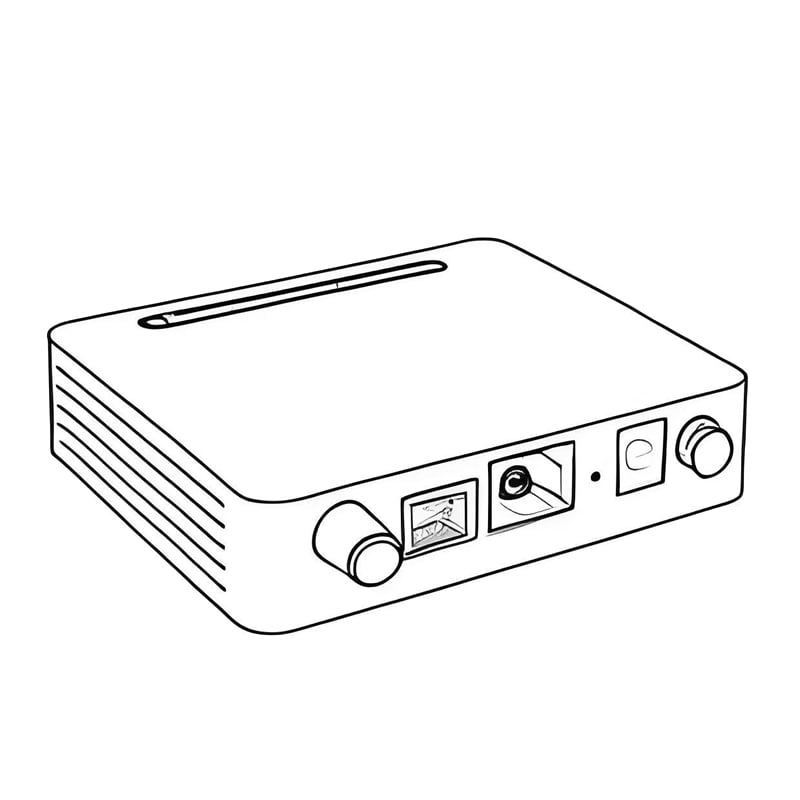
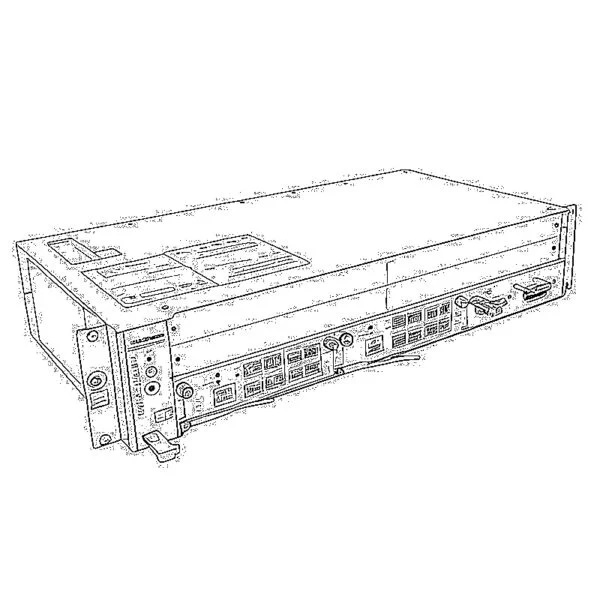
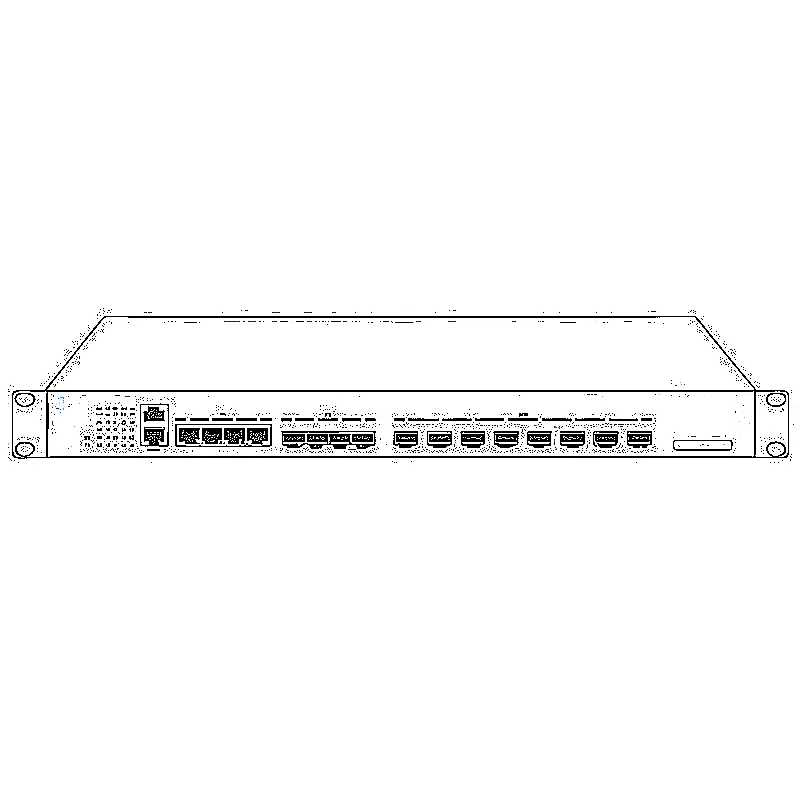
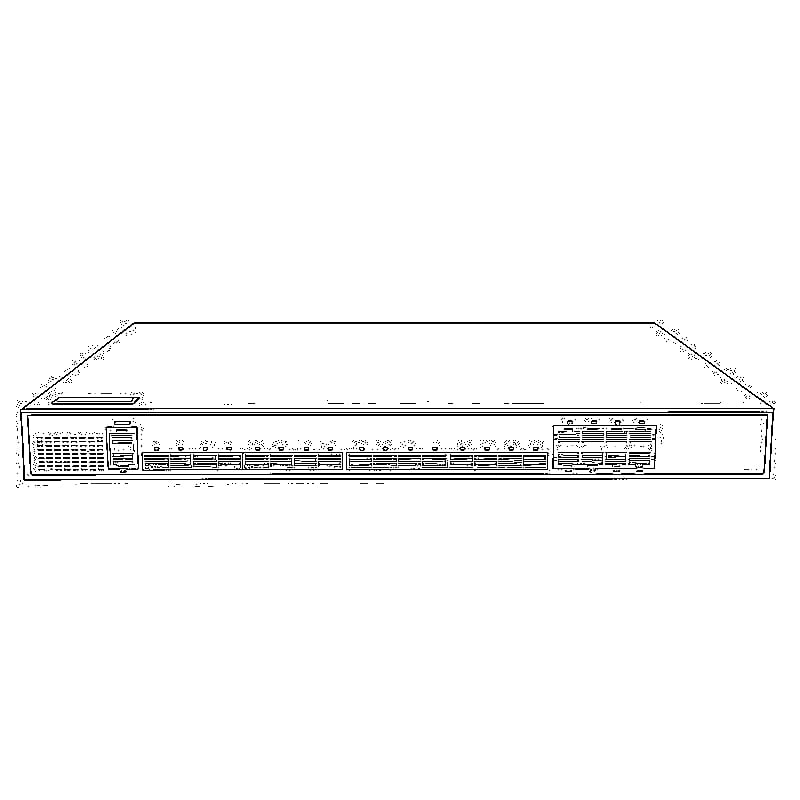
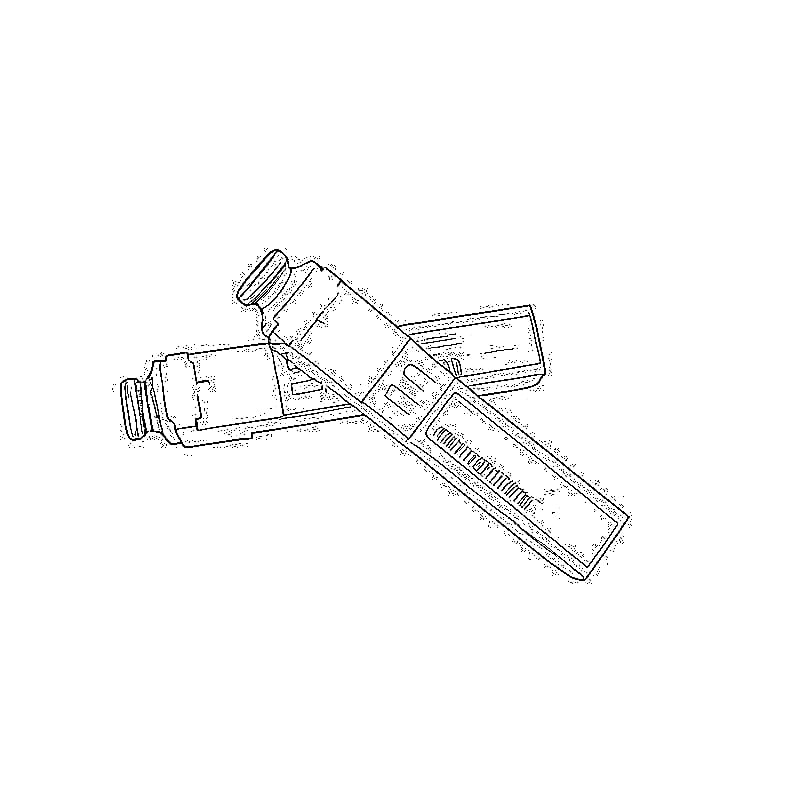
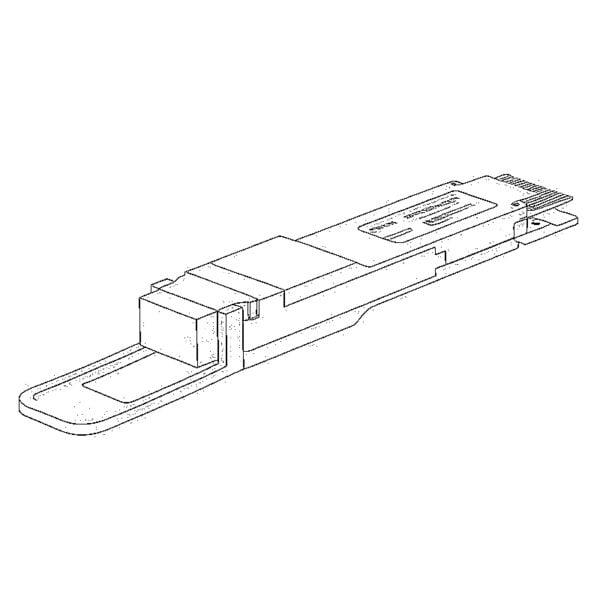
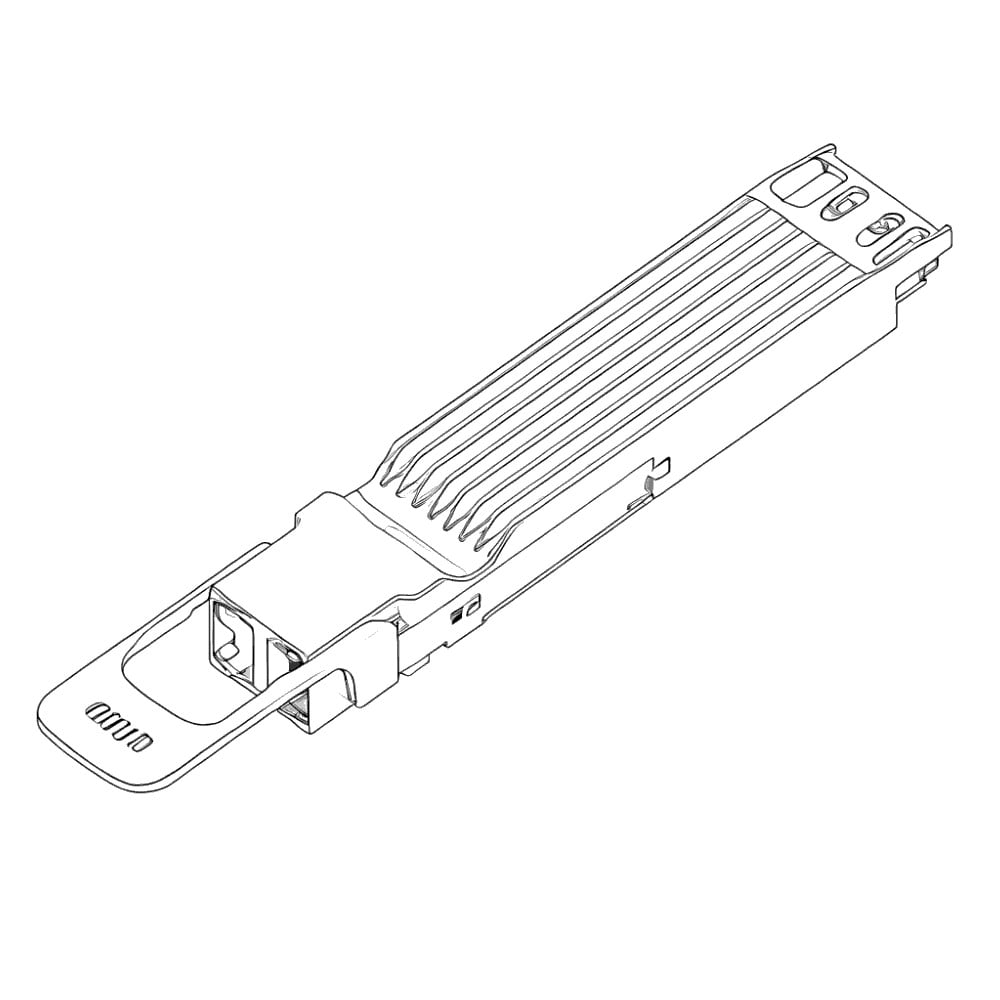
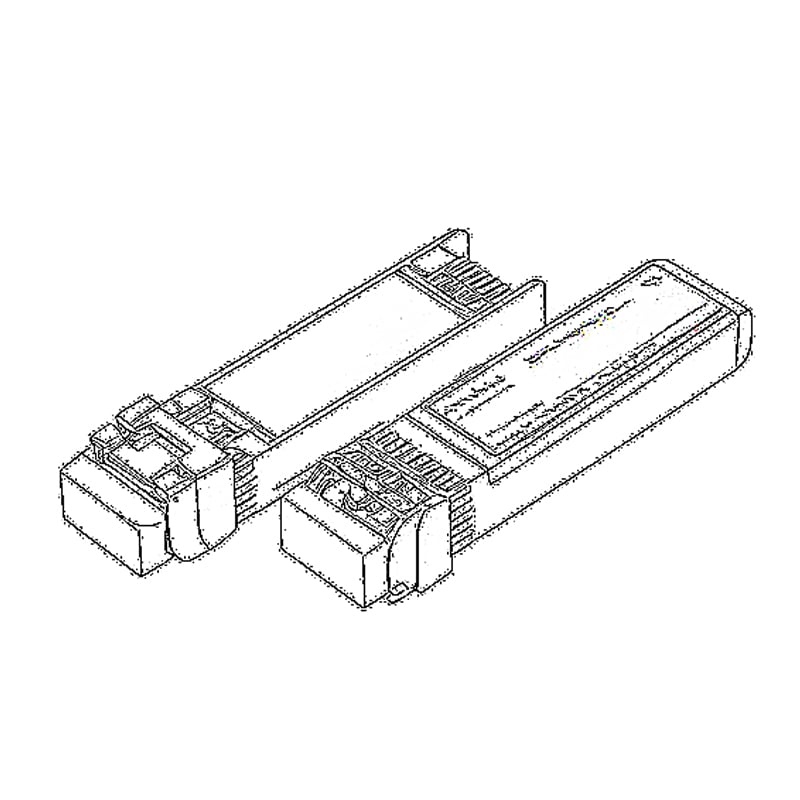
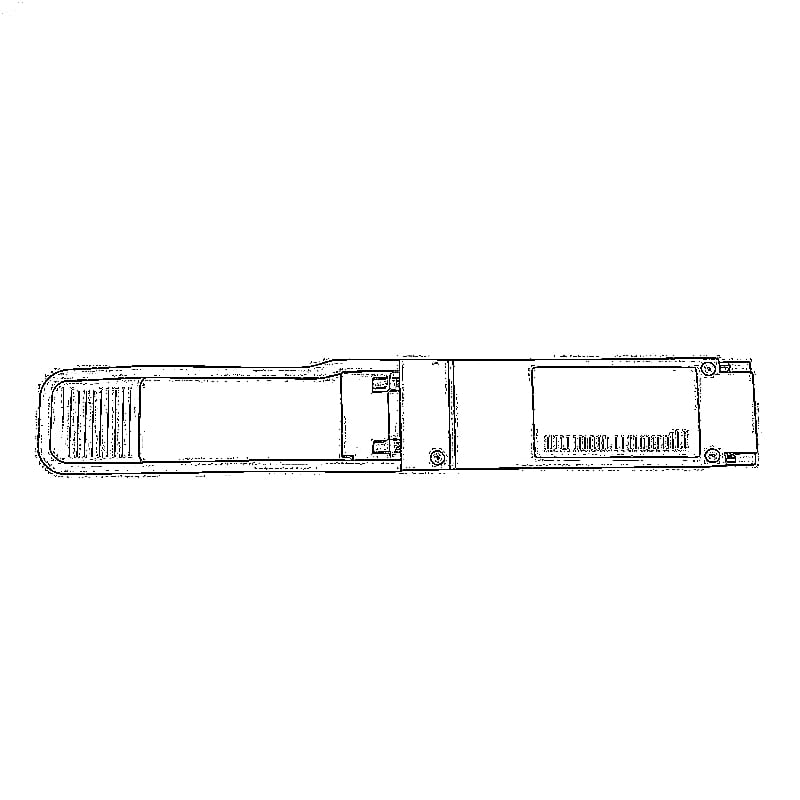
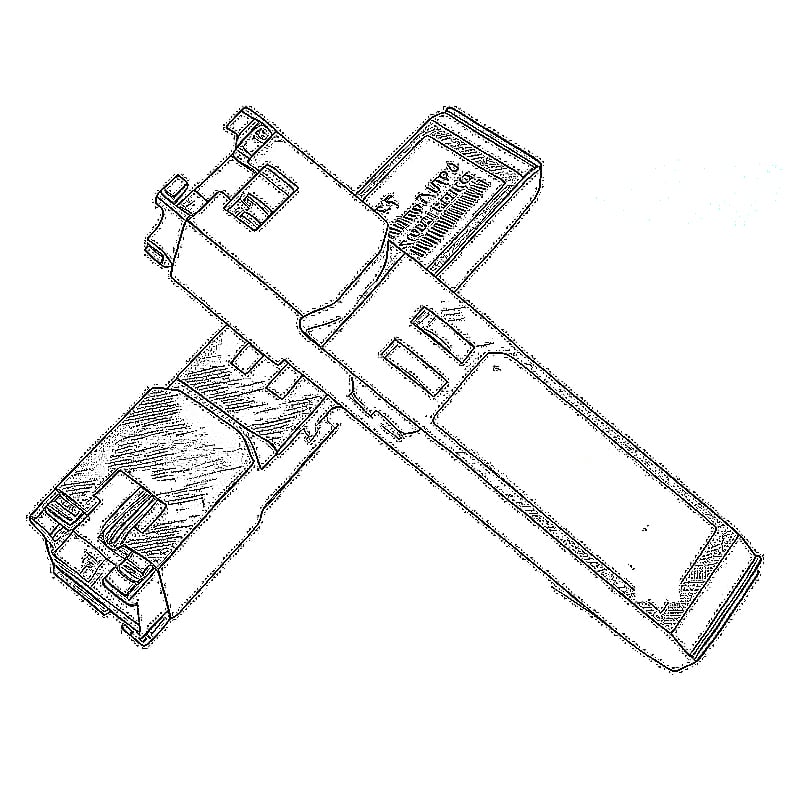
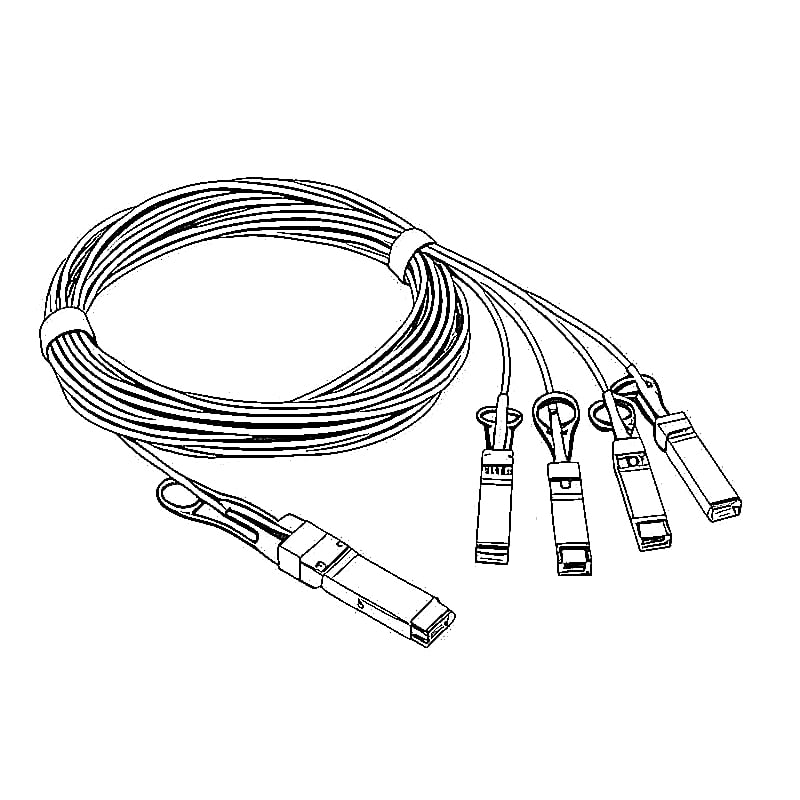
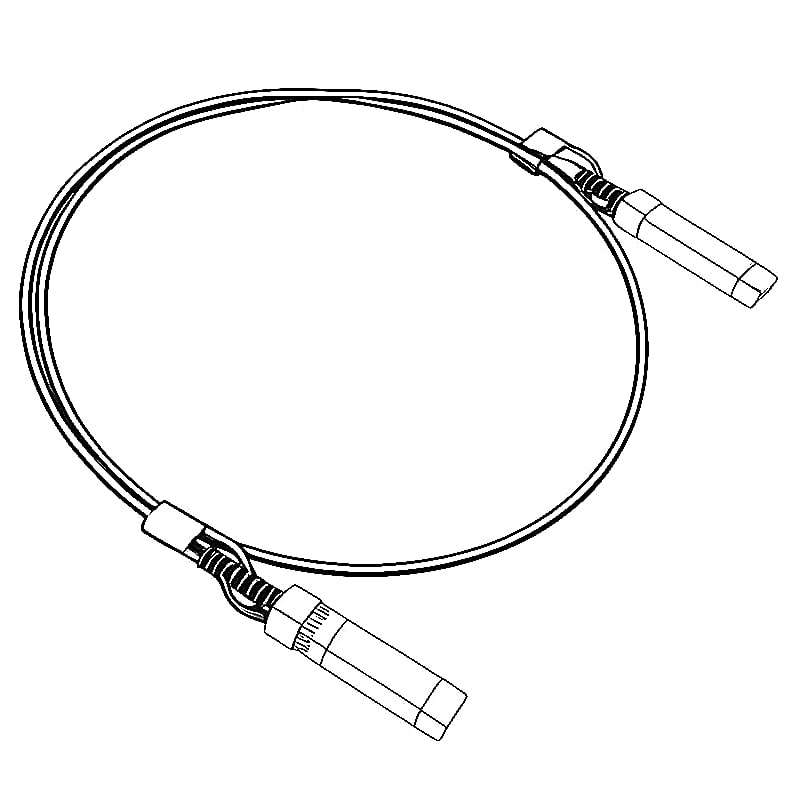
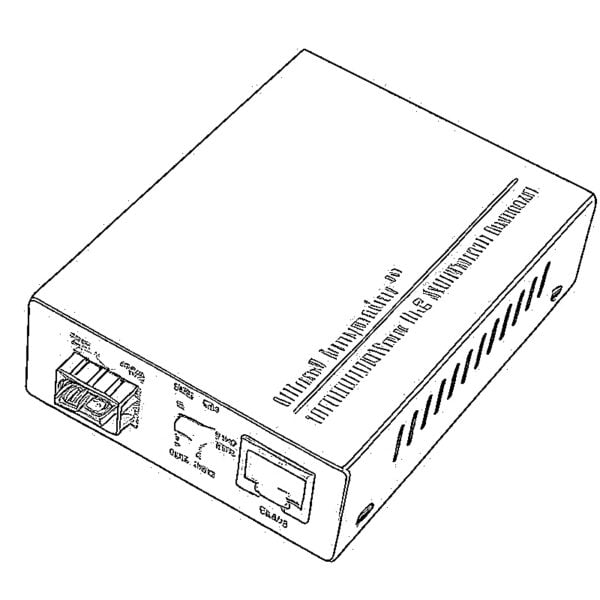
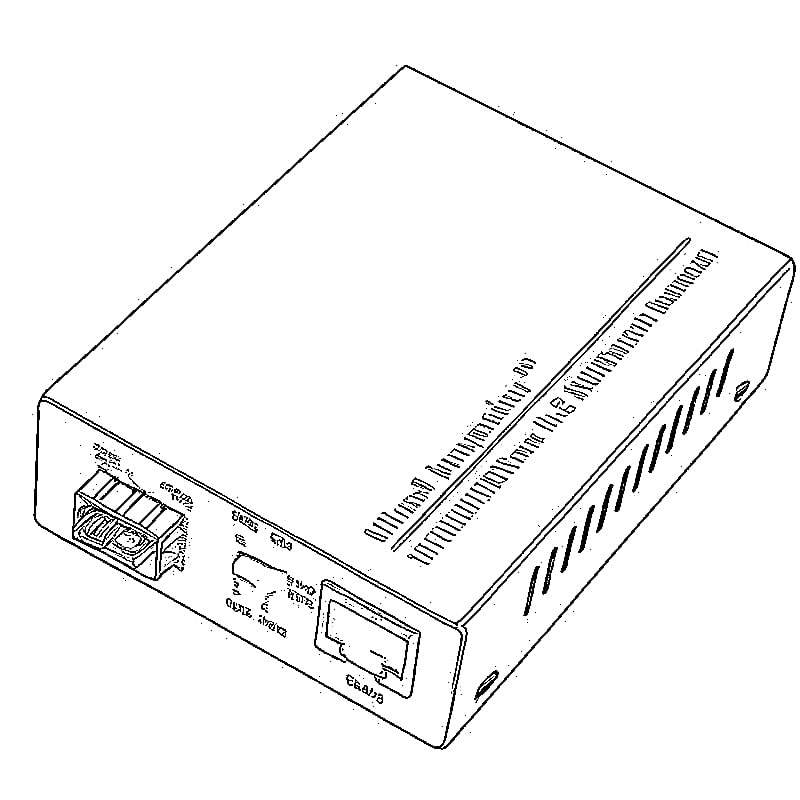
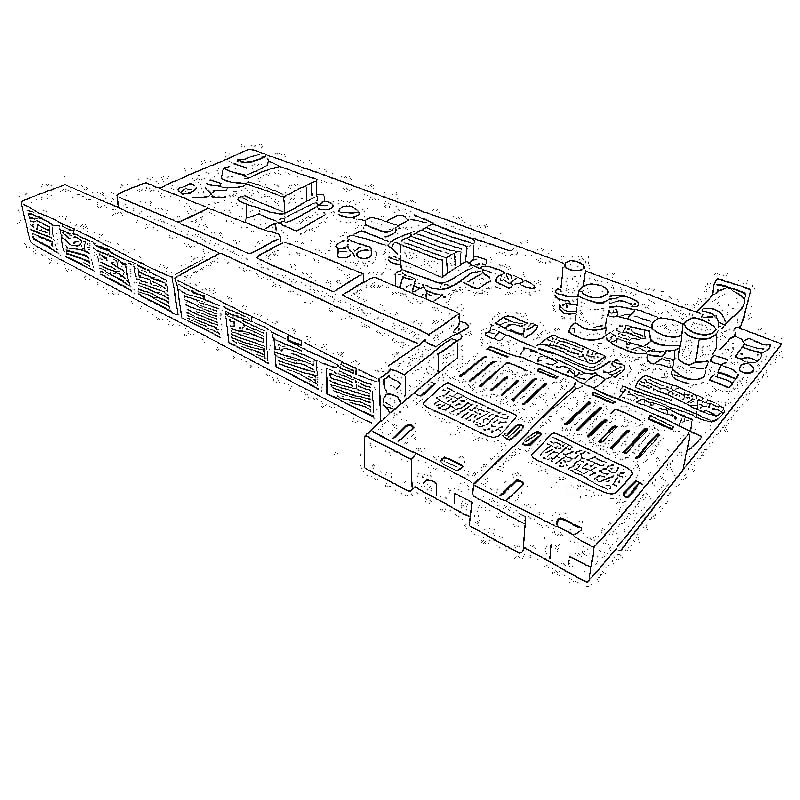
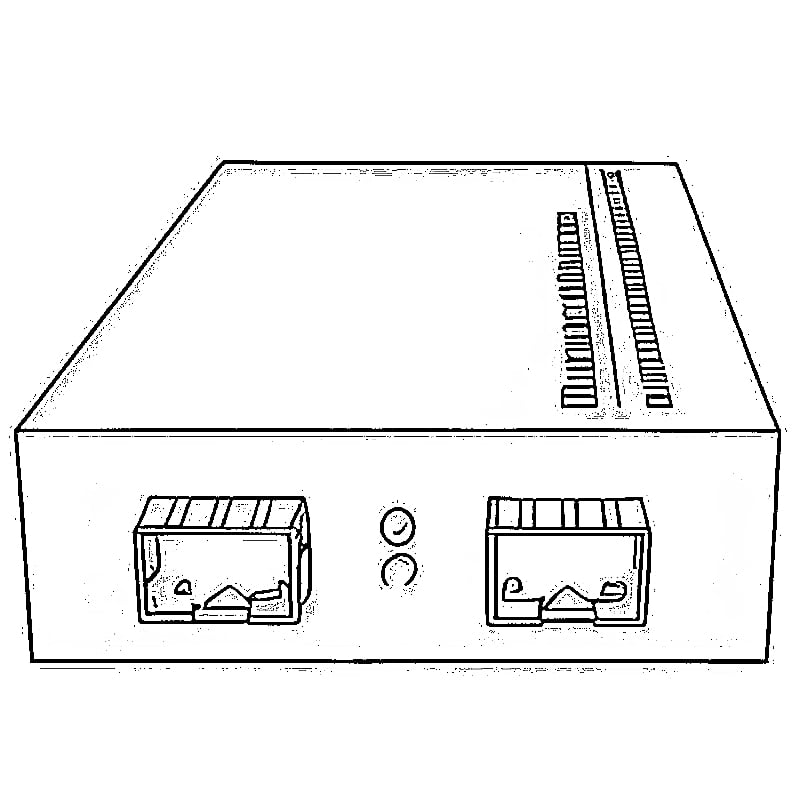
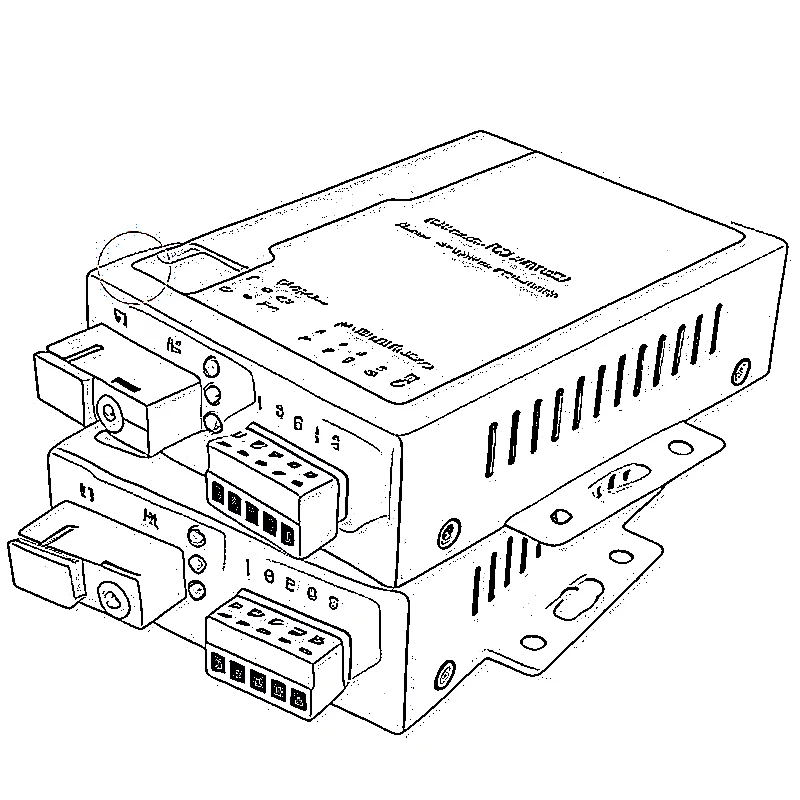
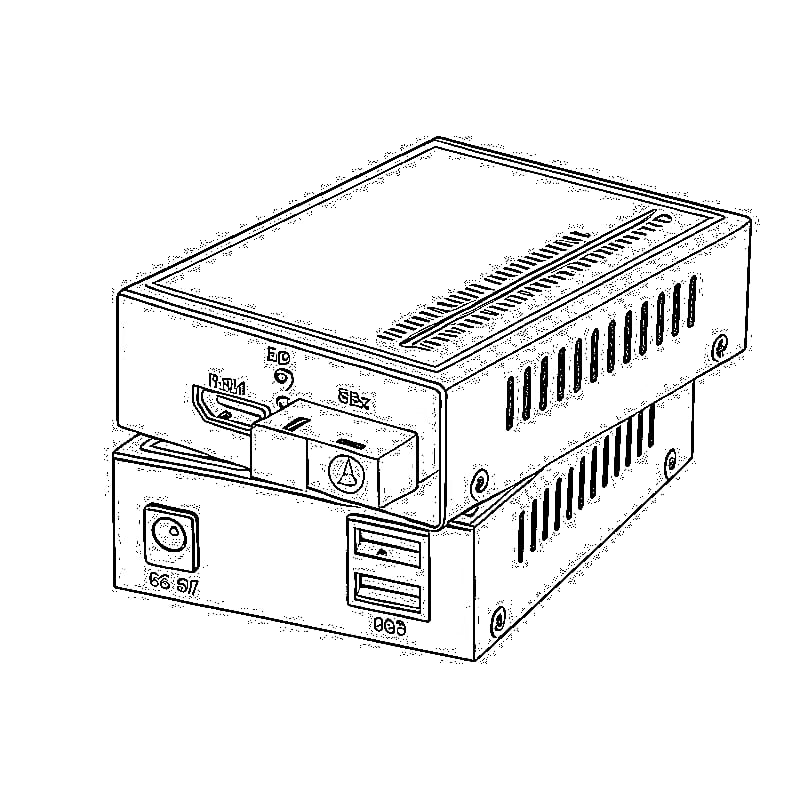
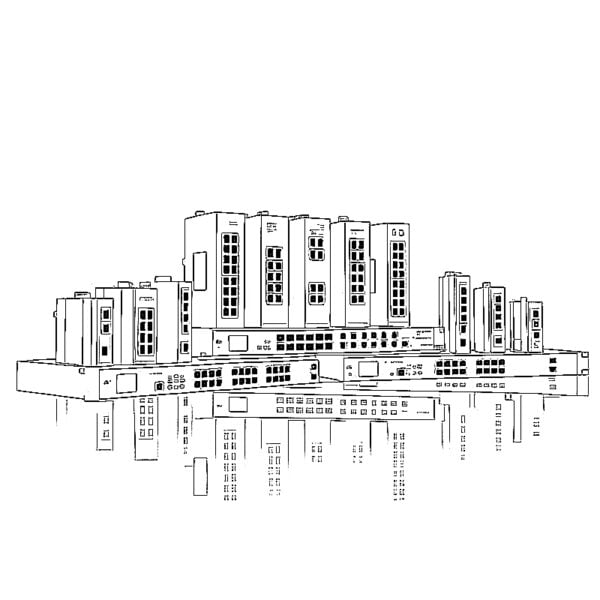
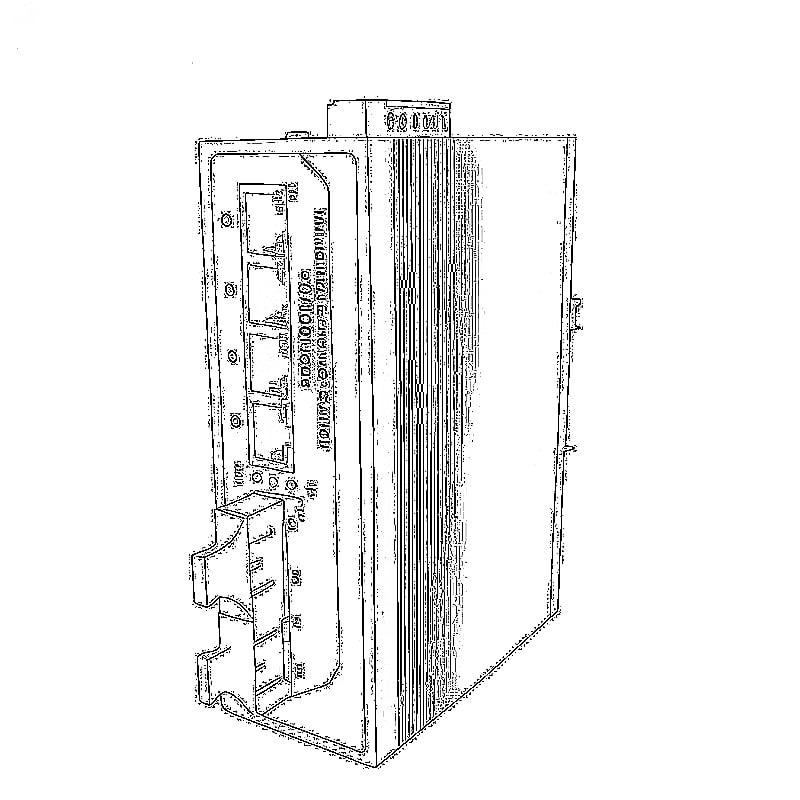
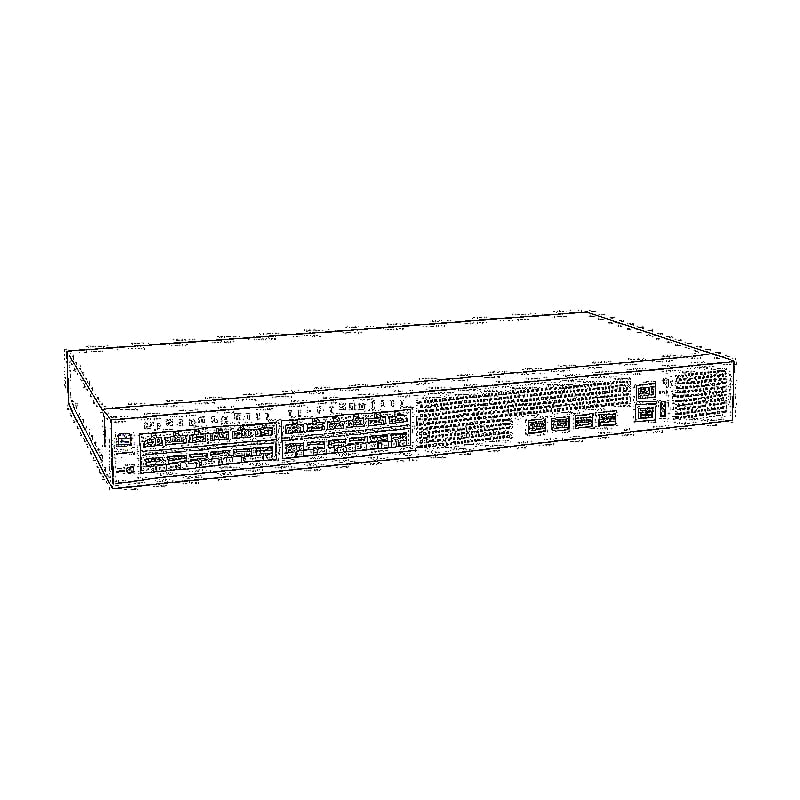
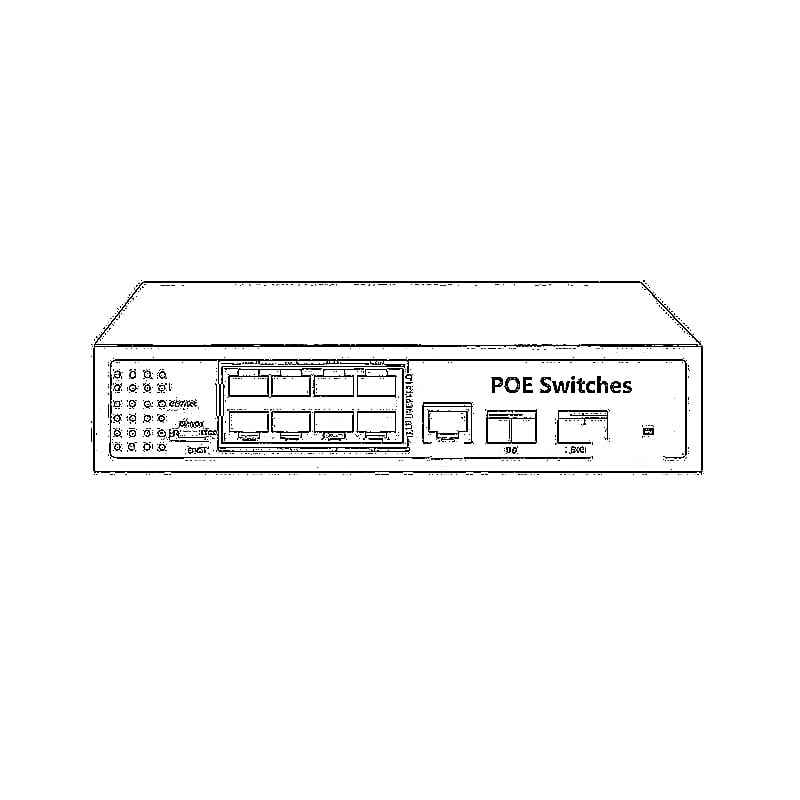
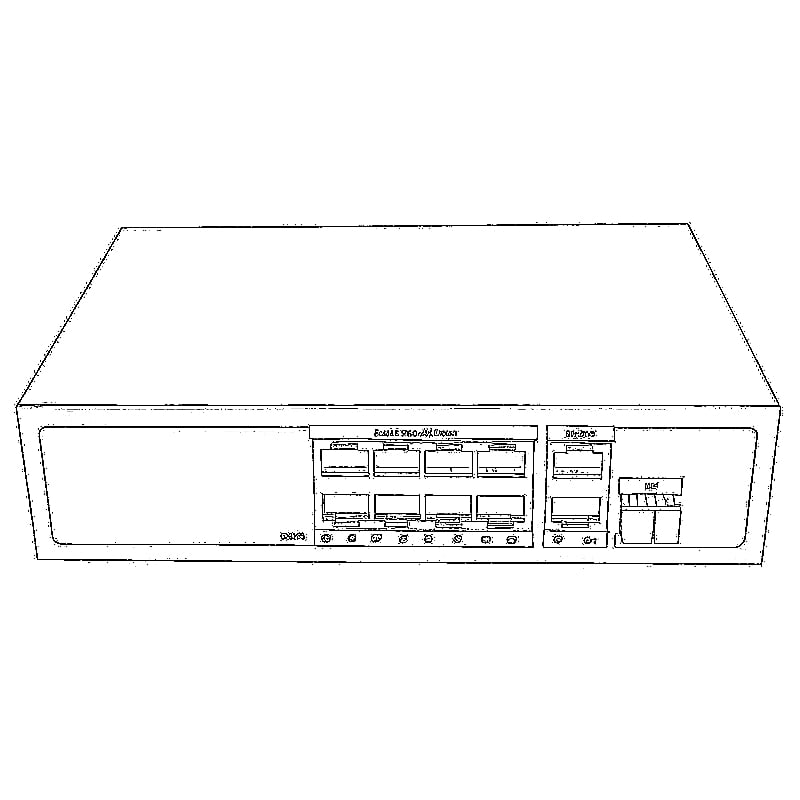
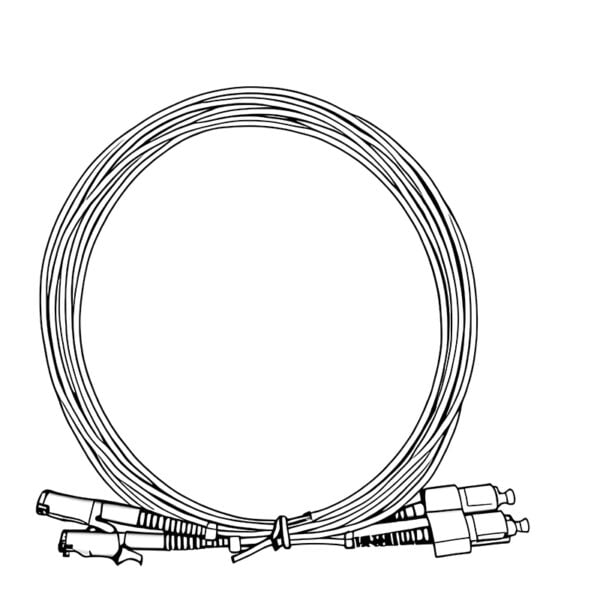
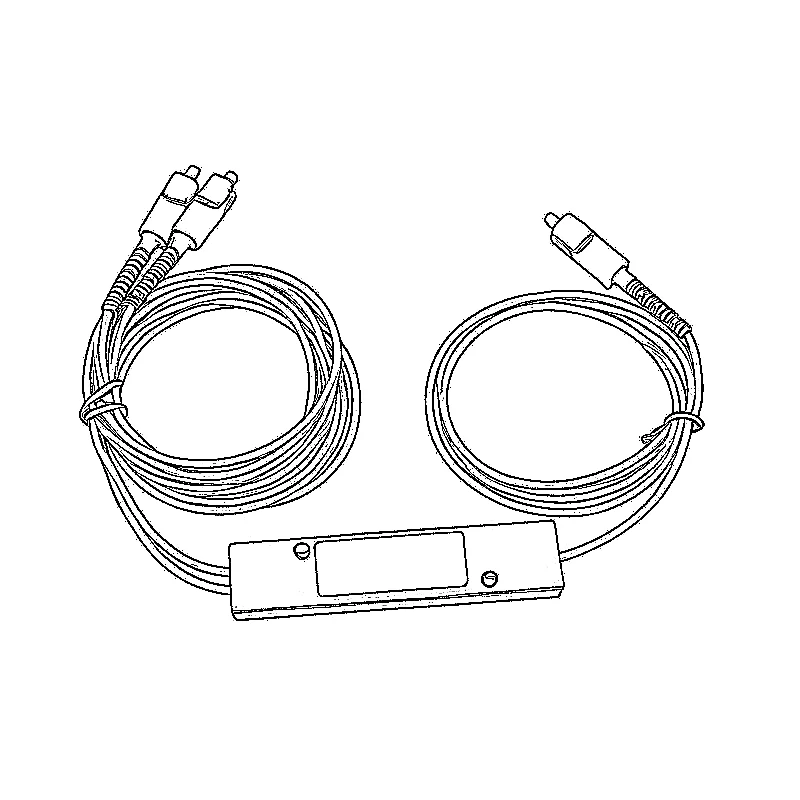
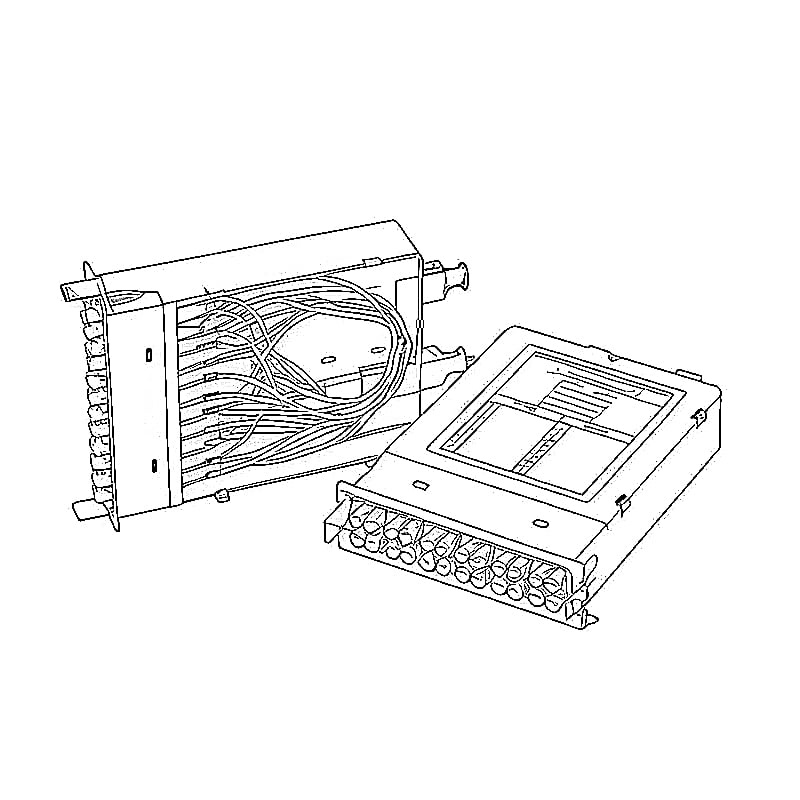
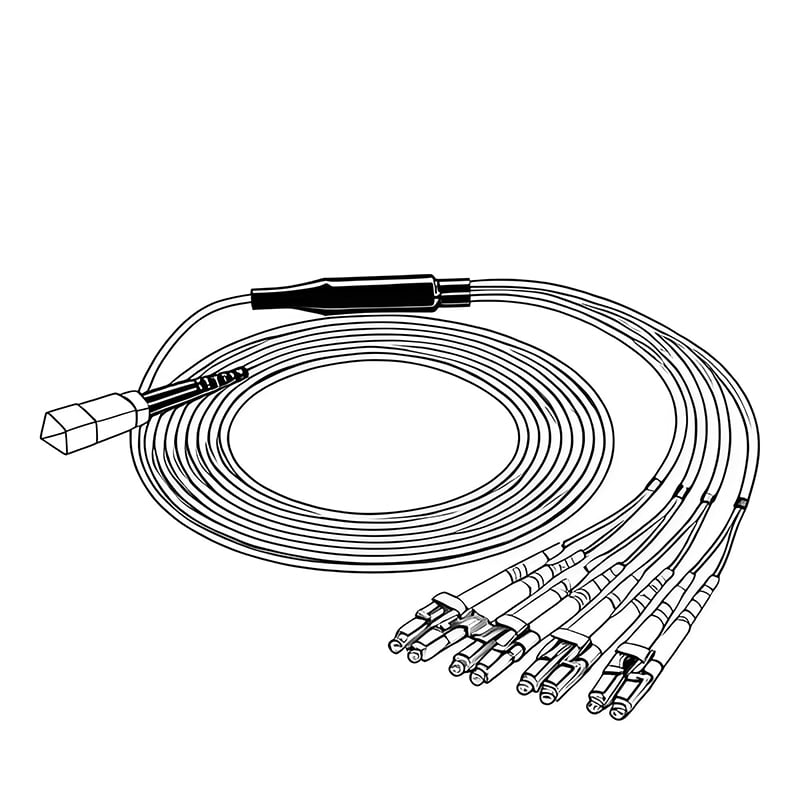
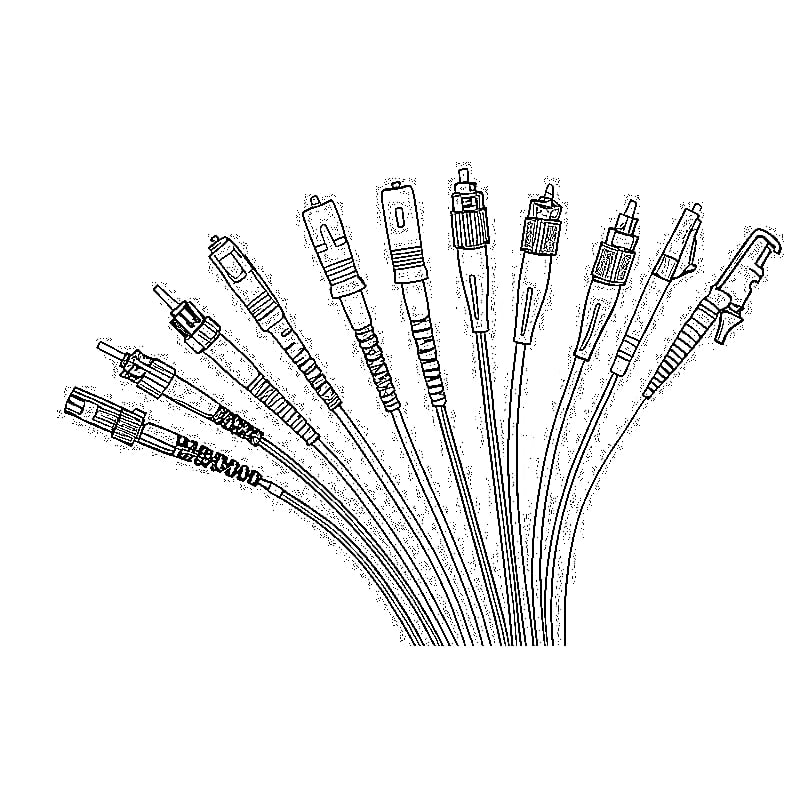
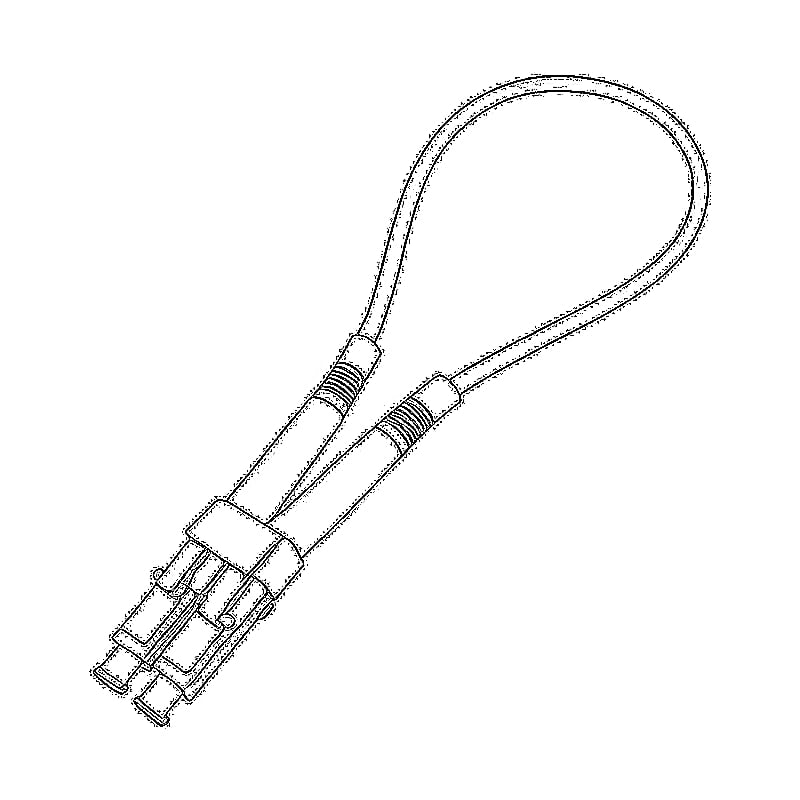
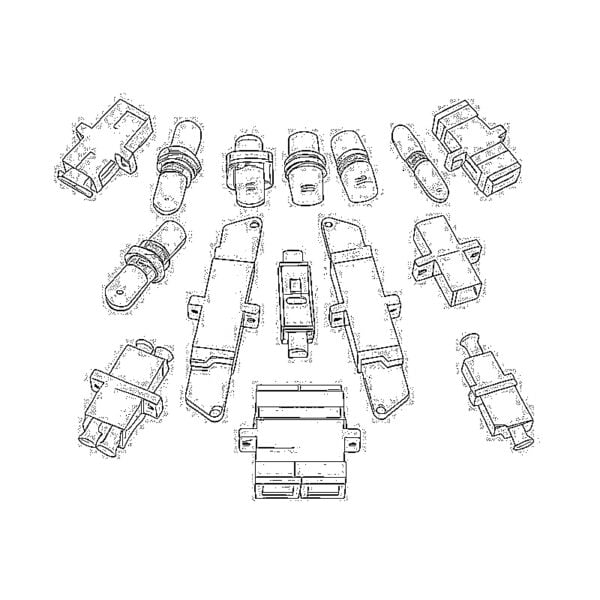
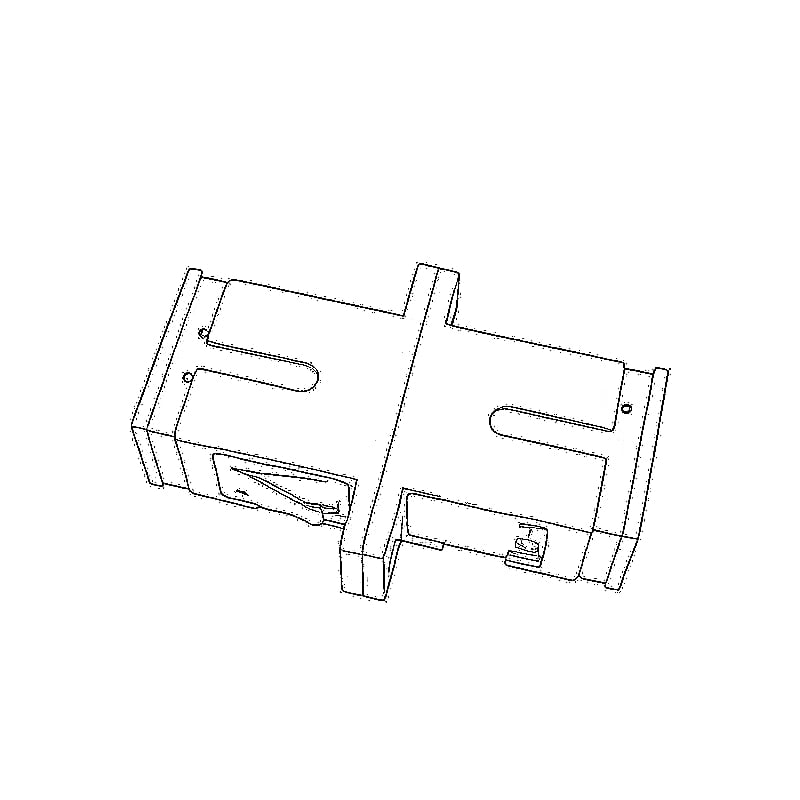
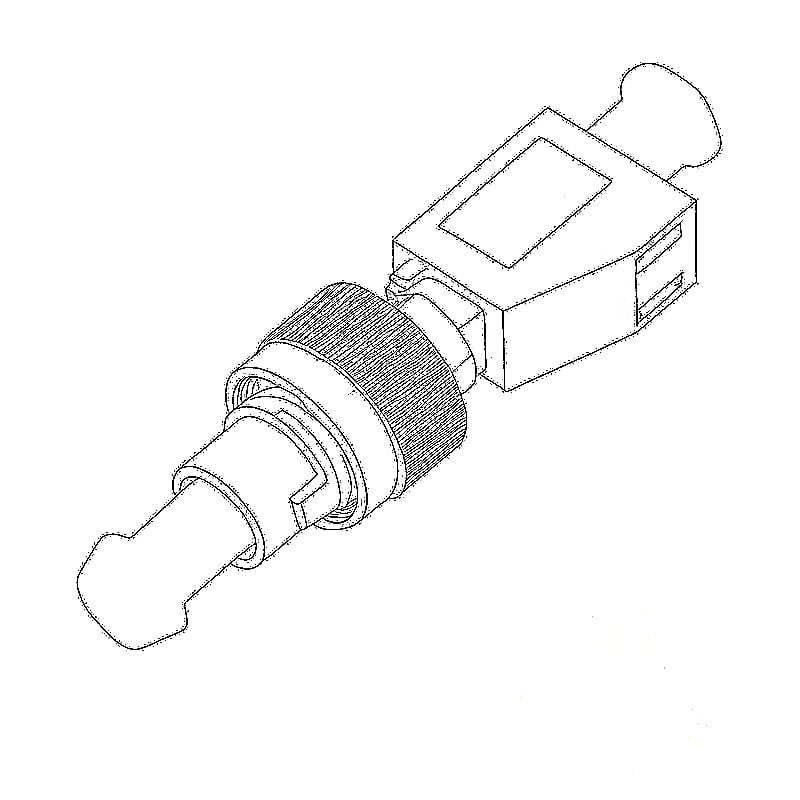
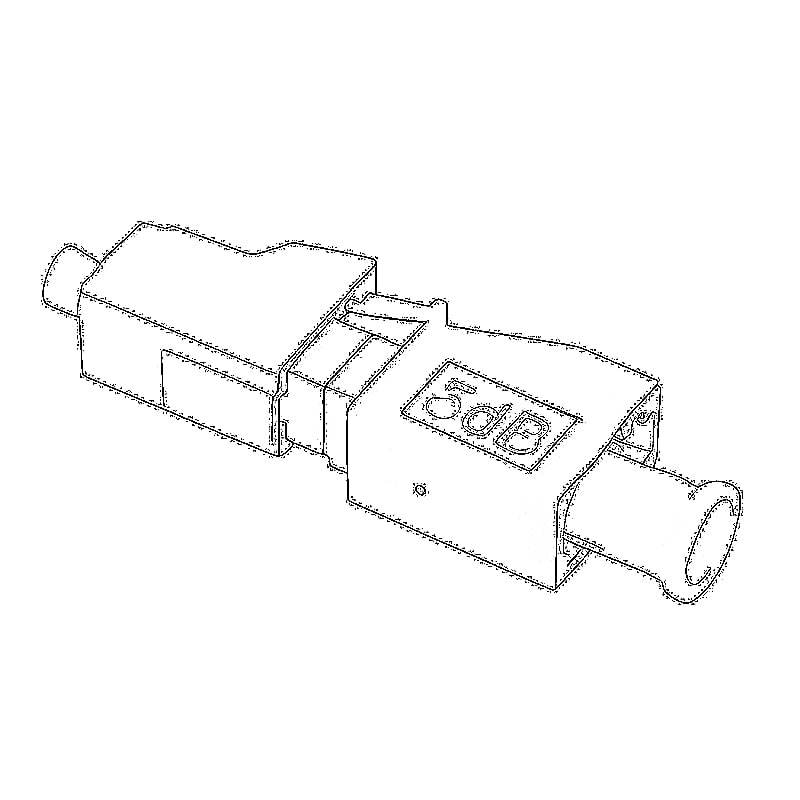
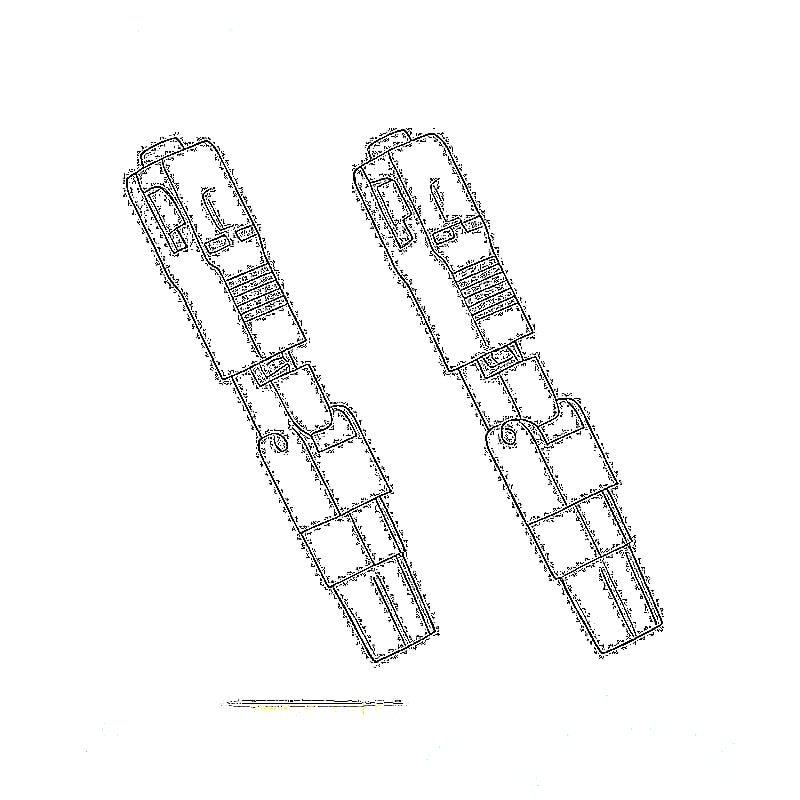
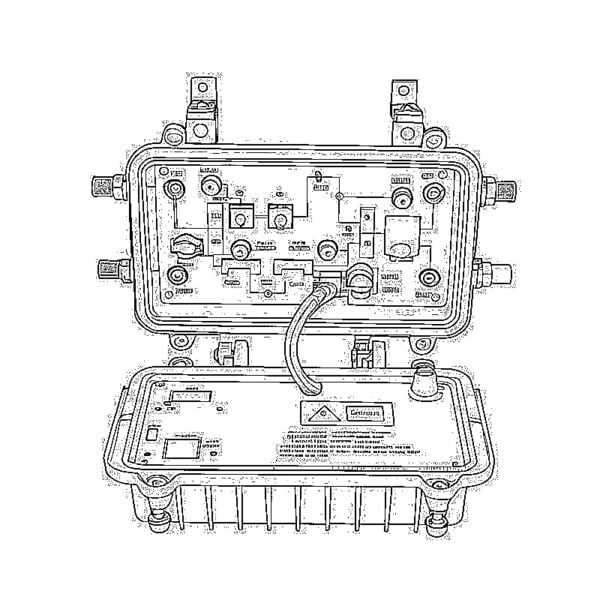
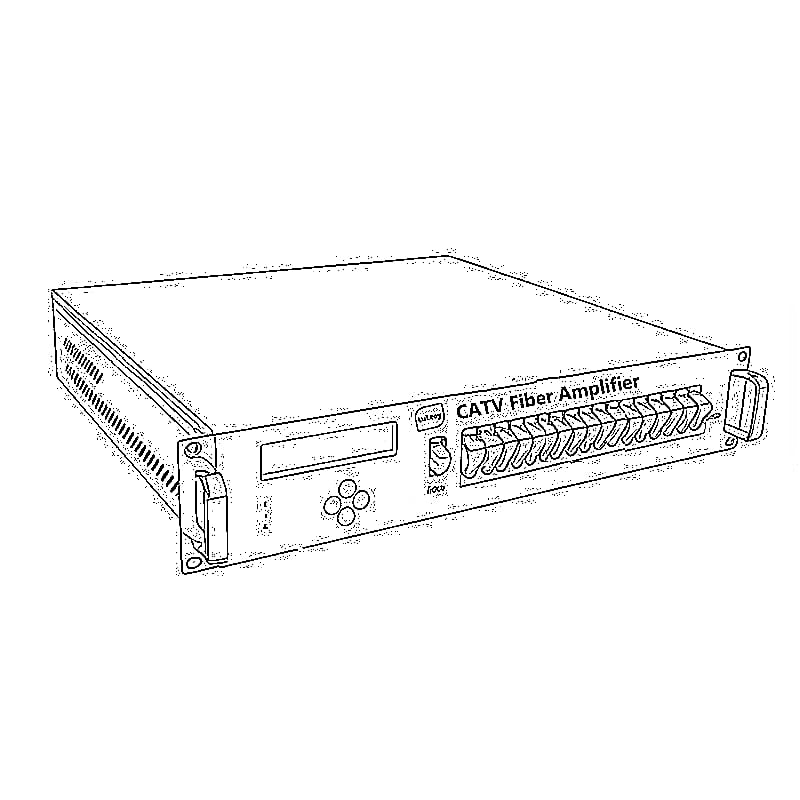
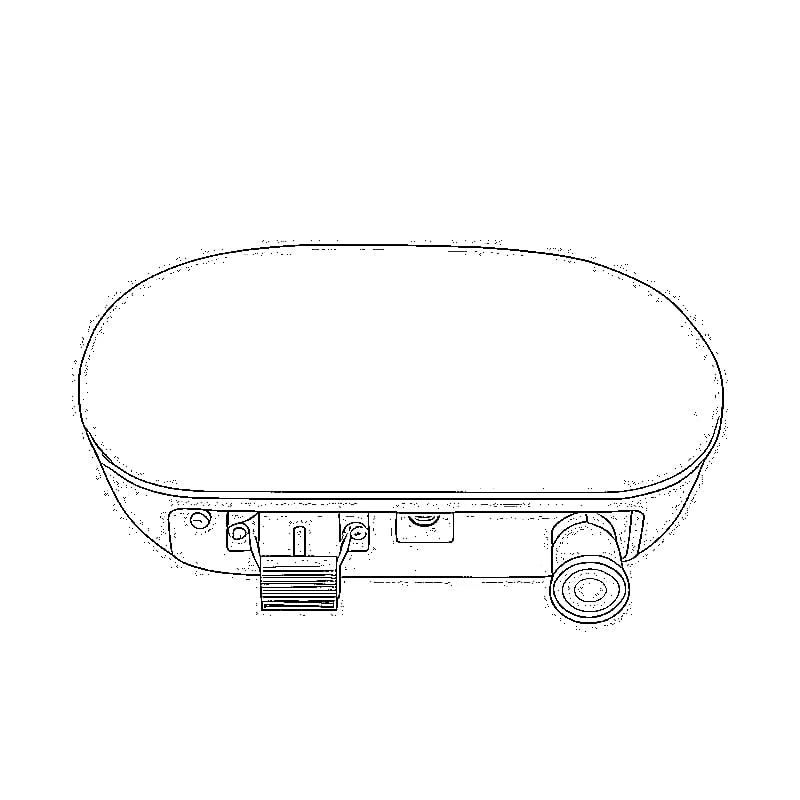
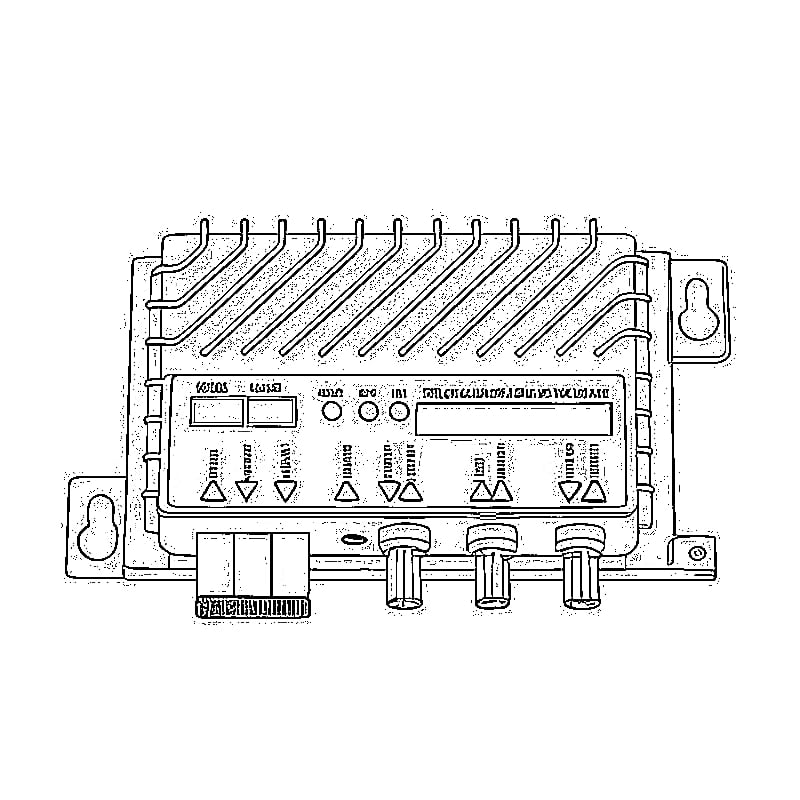

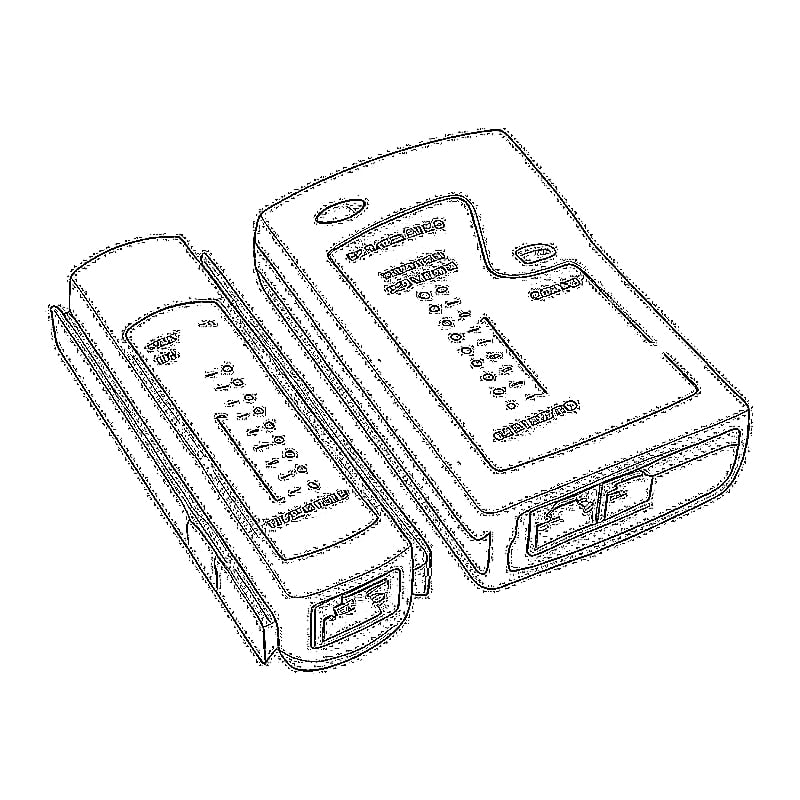
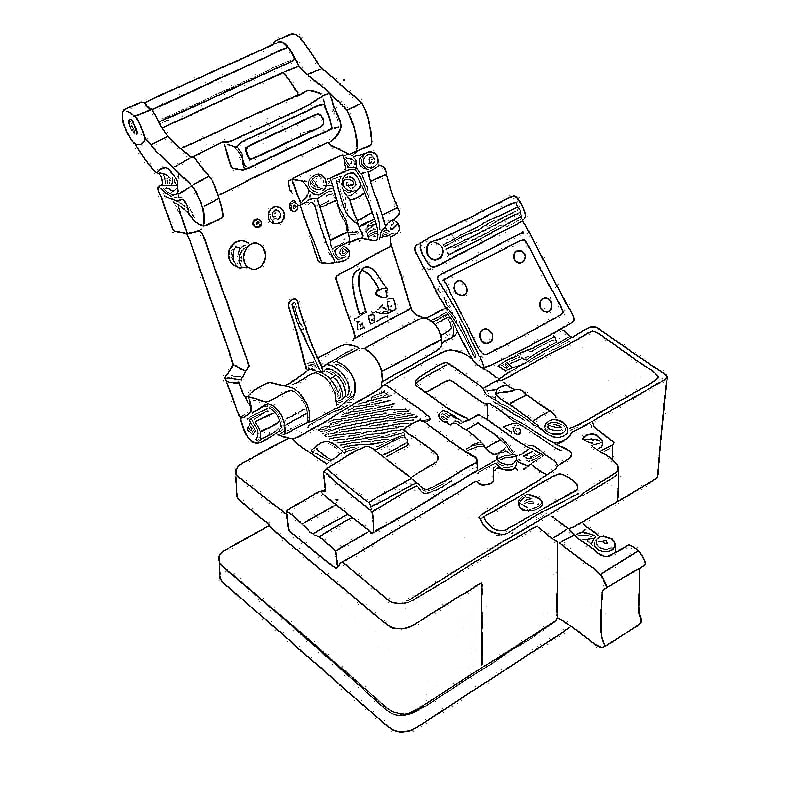
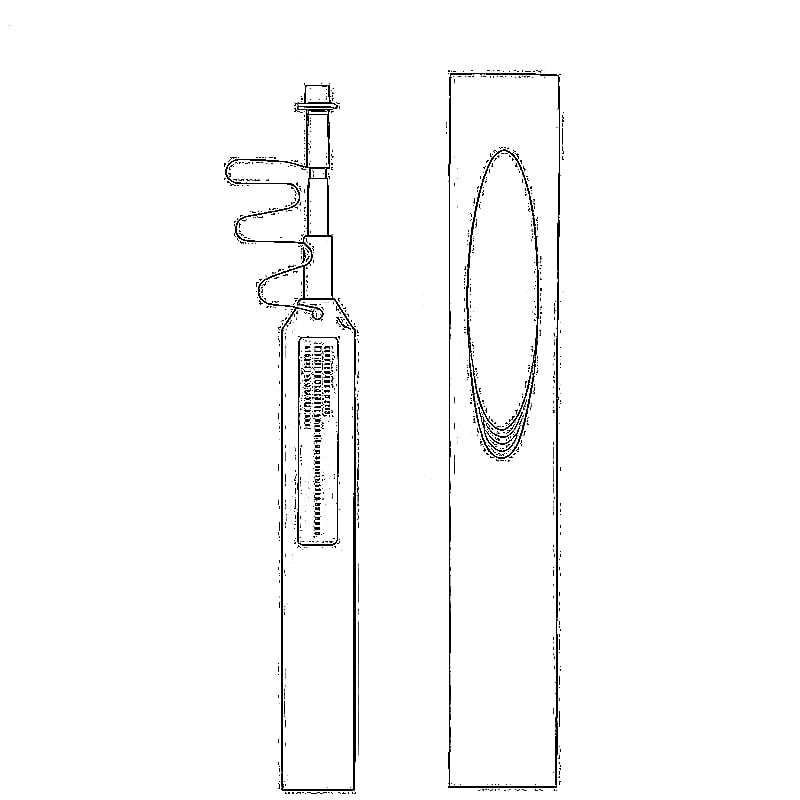
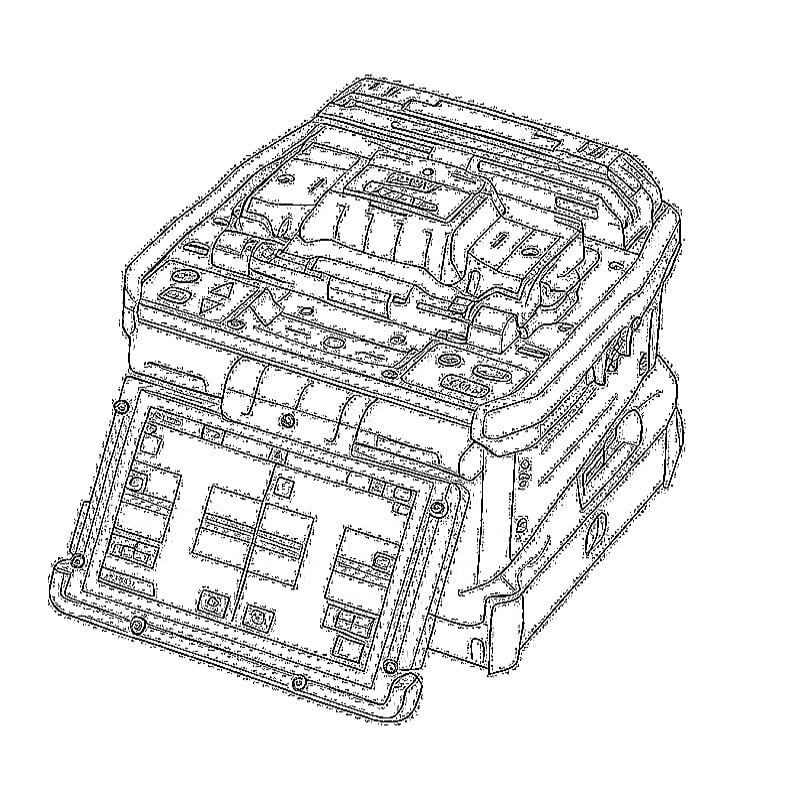
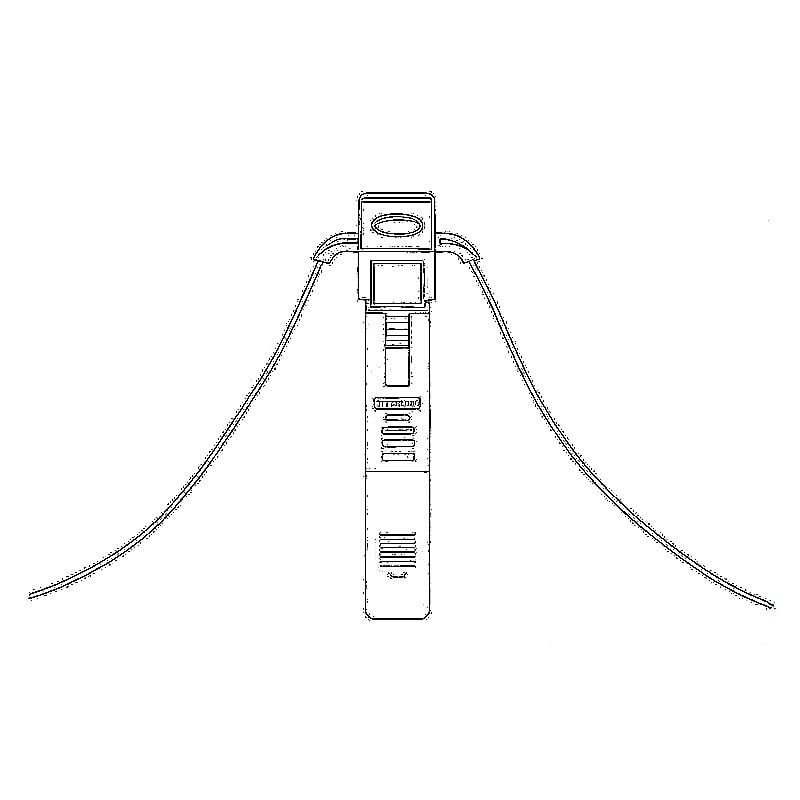
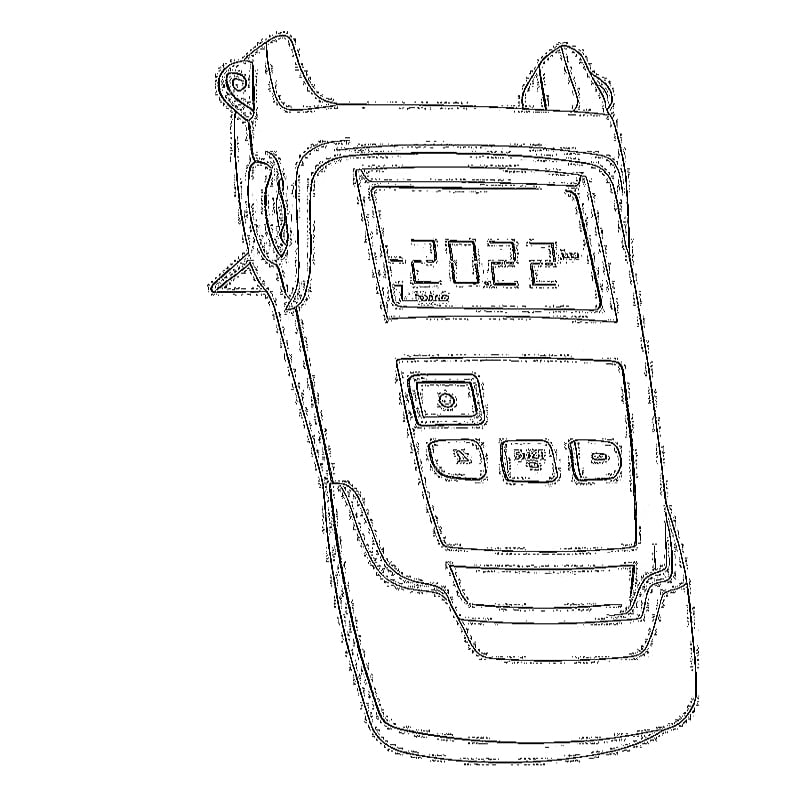

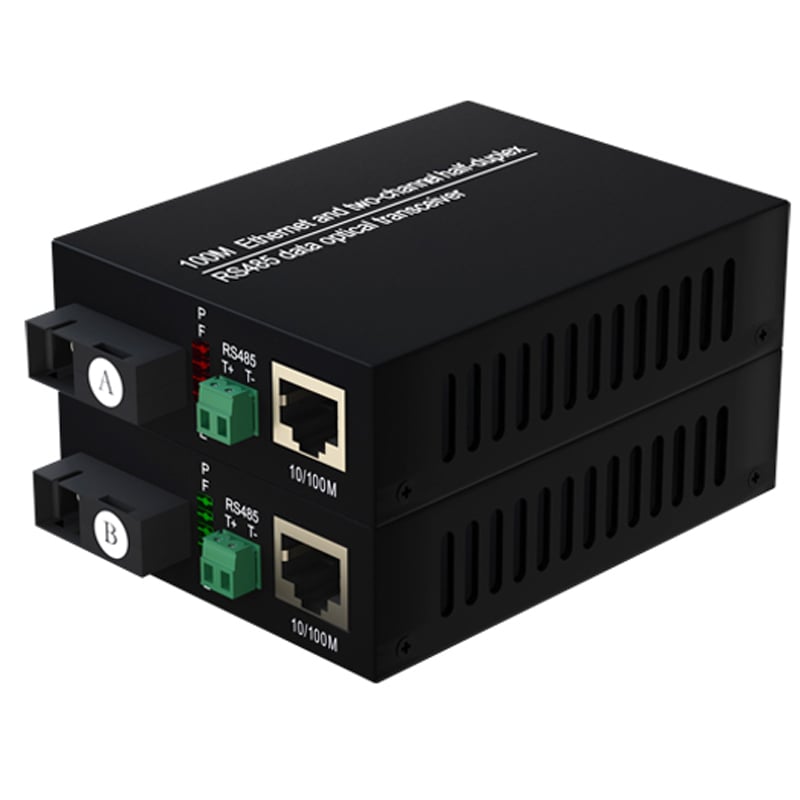
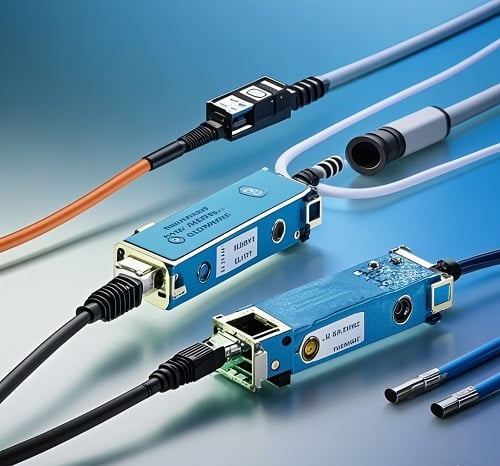
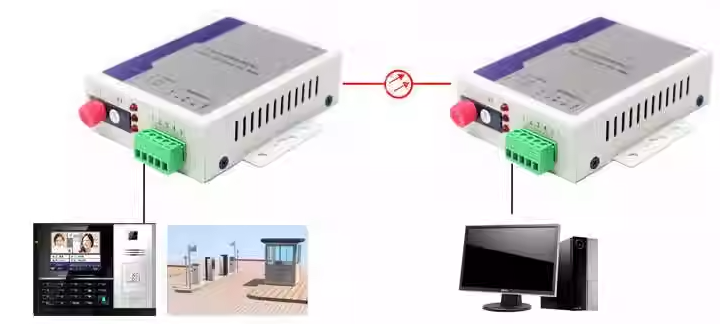
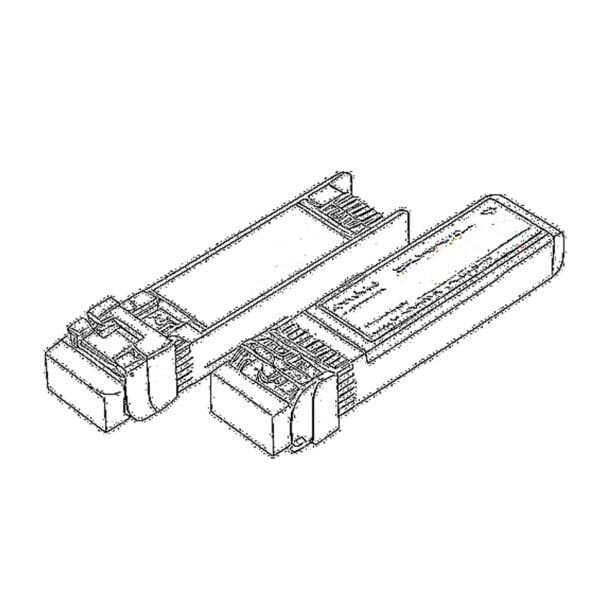 SFP/SFP+ (1G/2,5G/5G/10G)
SFP/SFP+ (1G/2,5G/5G/10G)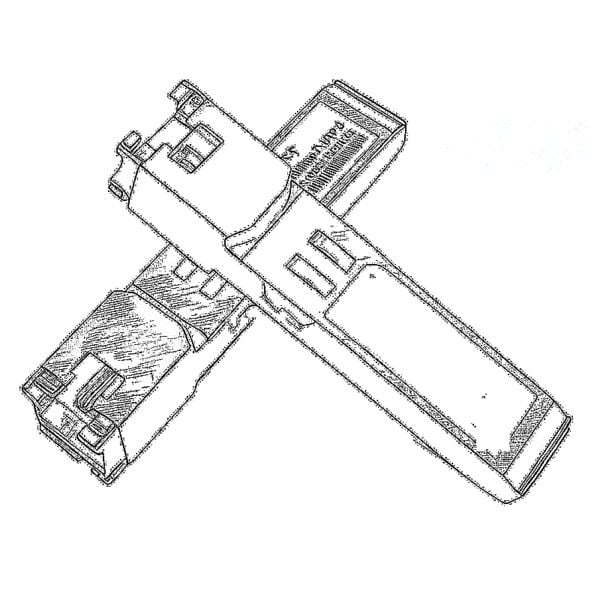 SFP-T (1G/2,5G/10G)
SFP-T (1G/2,5G/10G)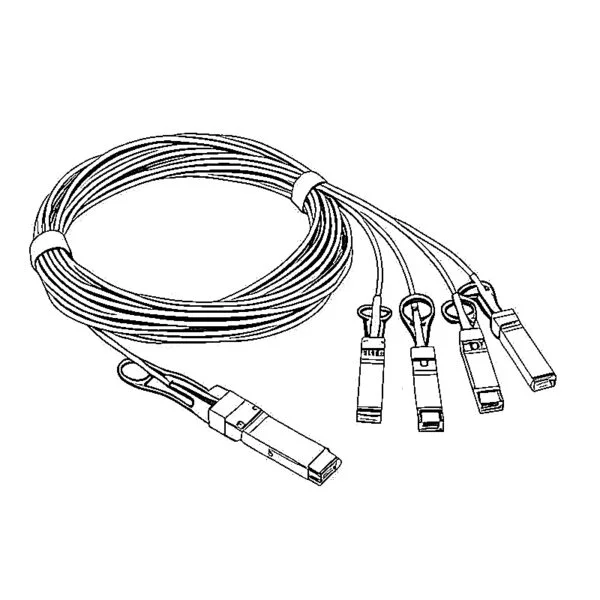 Cable AOC 10G/25G/40G/100G
Cable AOC 10G/25G/40G/100G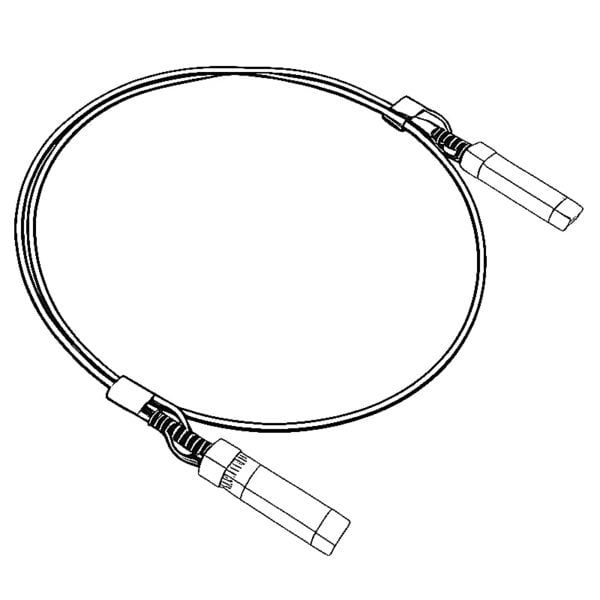 Cable DAC 10G/25G/40G/100G
Cable DAC 10G/25G/40G/100G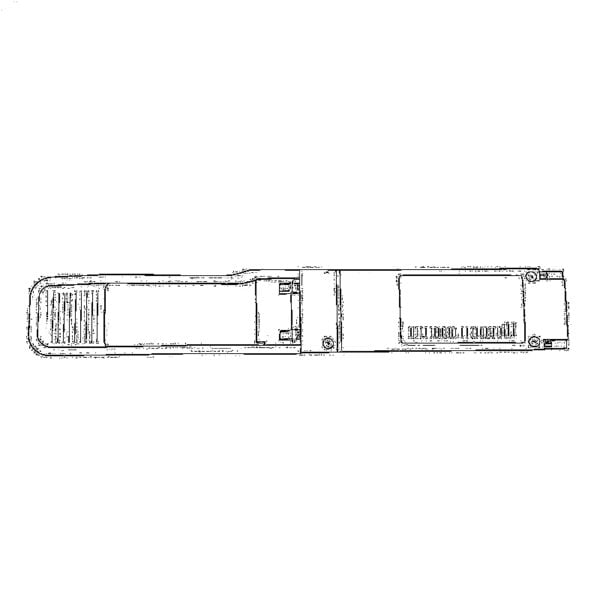 QSFP28 QSFP+ SFP28 100G/40G/25G
QSFP28 QSFP+ SFP28 100G/40G/25G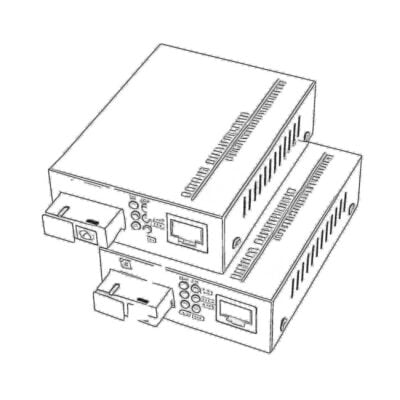 Convertidores de medios de cobre a fibra
Convertidores de medios de cobre a fibra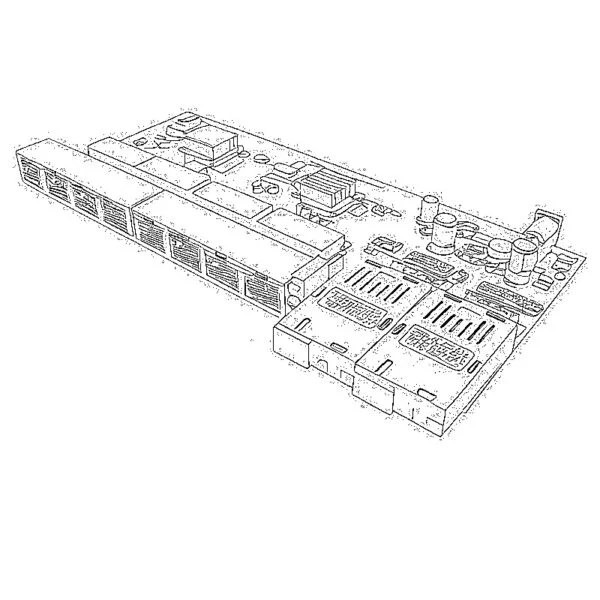 Placa PCBA del convertidor de medios de fibra
Placa PCBA del convertidor de medios de fibra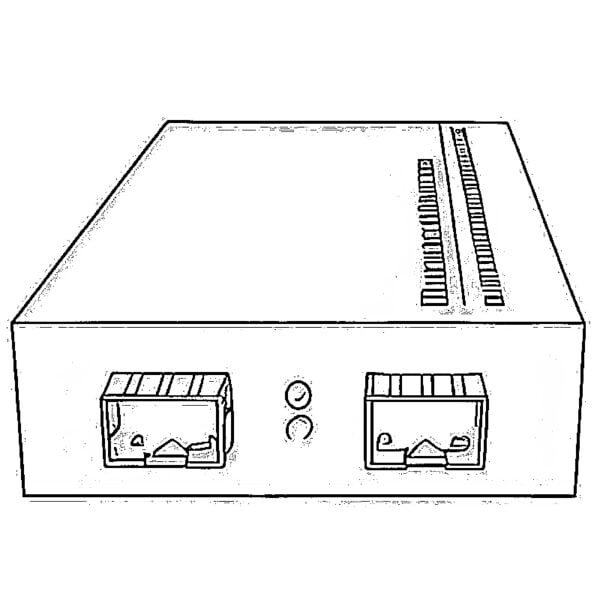 Convertidores de medios de fibra OEO
Convertidores de medios de fibra OEO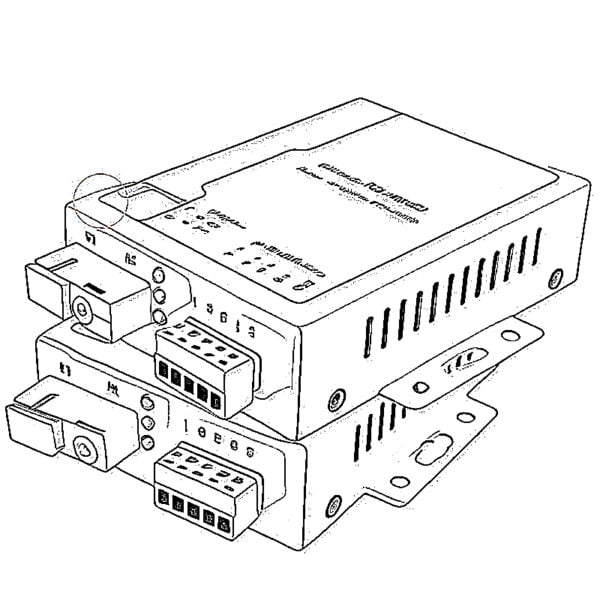 Convertidores de medios de serie a fibra
Convertidores de medios de serie a fibra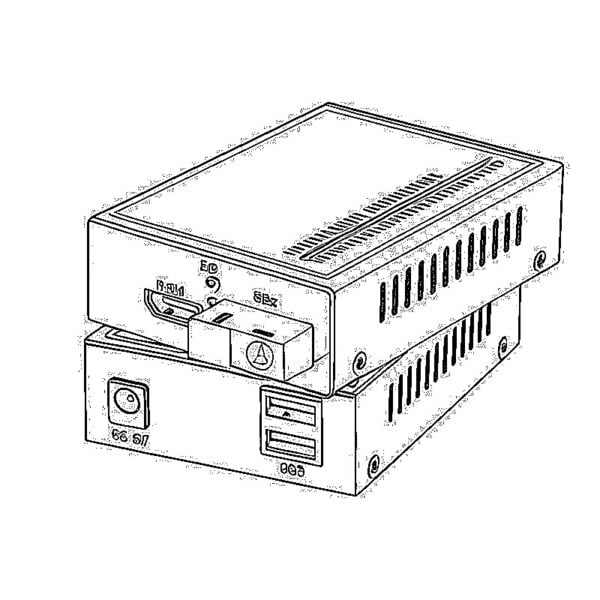 Convertidores de vídeo a medios de fibra
Convertidores de vídeo a medios de fibra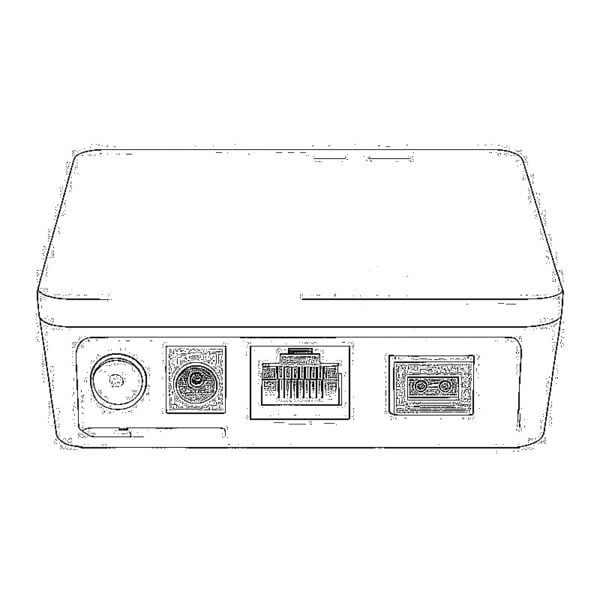 1000M GPON/EPON ONU
1000M GPON/EPON ONU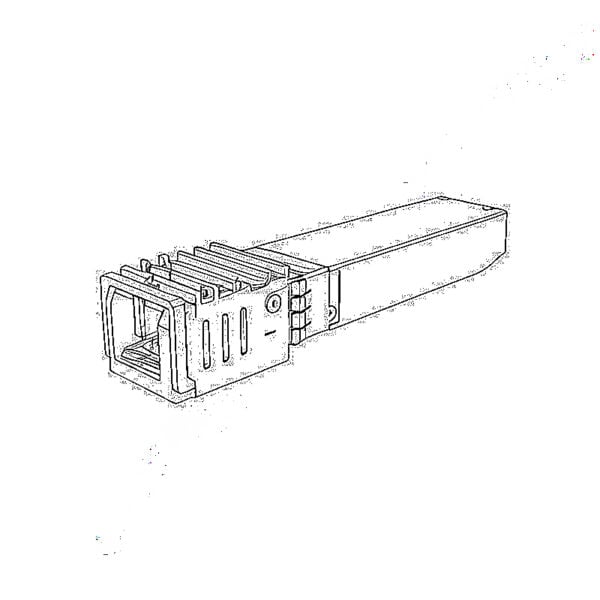 10G EPON ONU/XG-PON/XGS-PON
10G EPON ONU/XG-PON/XGS-PON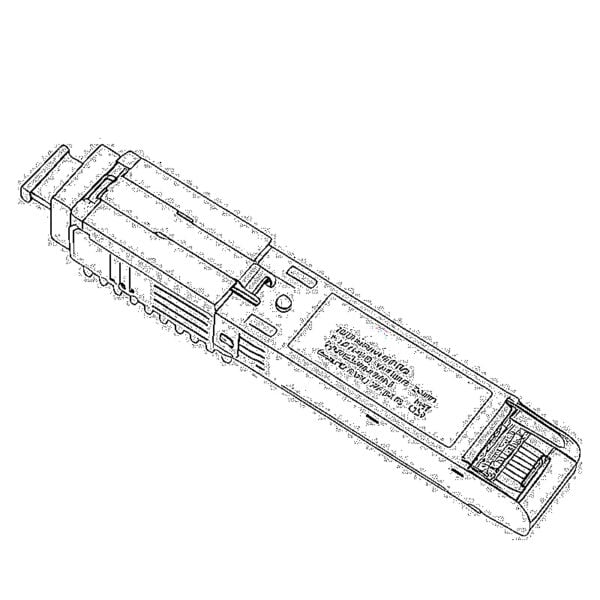 2.5G GPON/XPON STICK SFP ONU
2.5G GPON/XPON STICK SFP ONU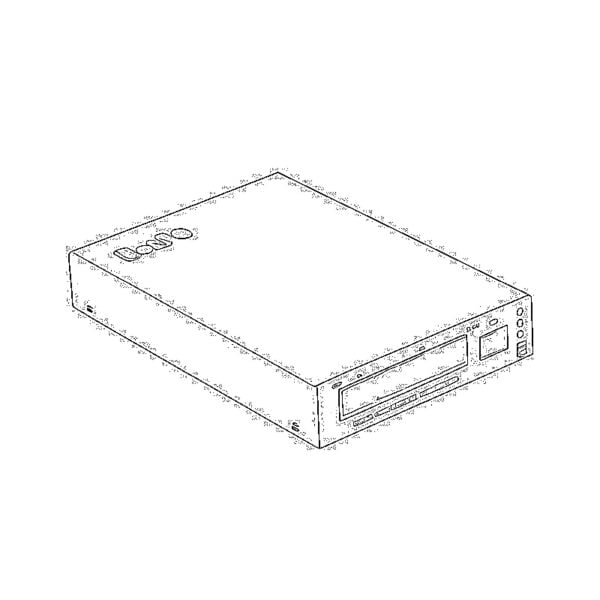 POE GPON/EPON ONU
POE GPON/EPON ONU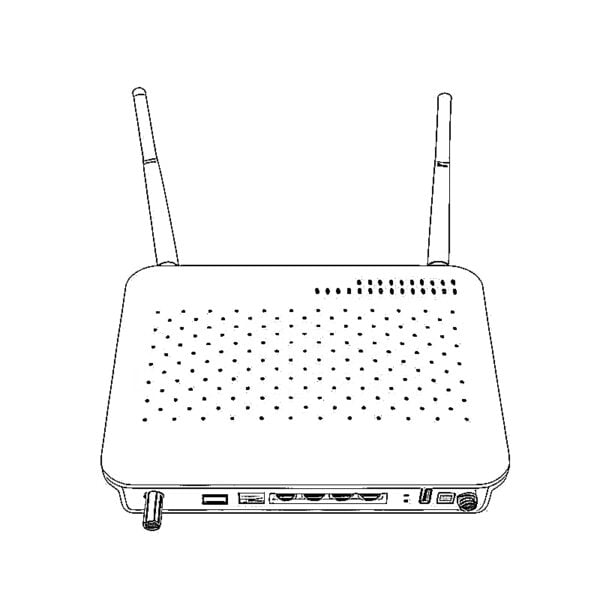 ONT inalámbrica GPON/EPON
ONT inalámbrica GPON/EPON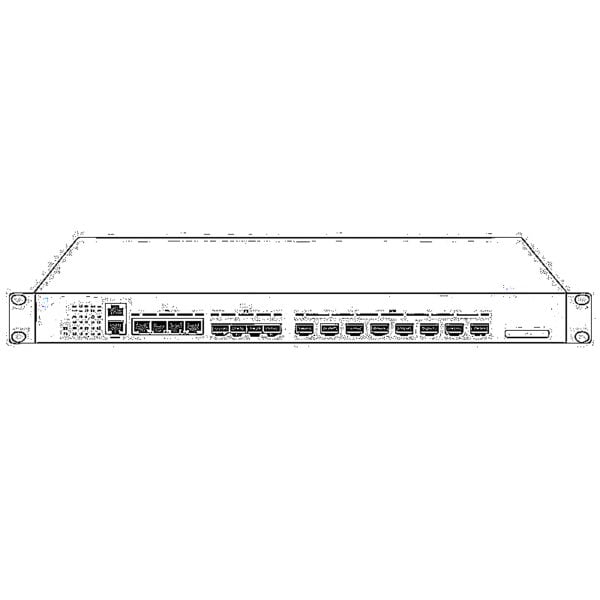 EPON OLT
EPON OLT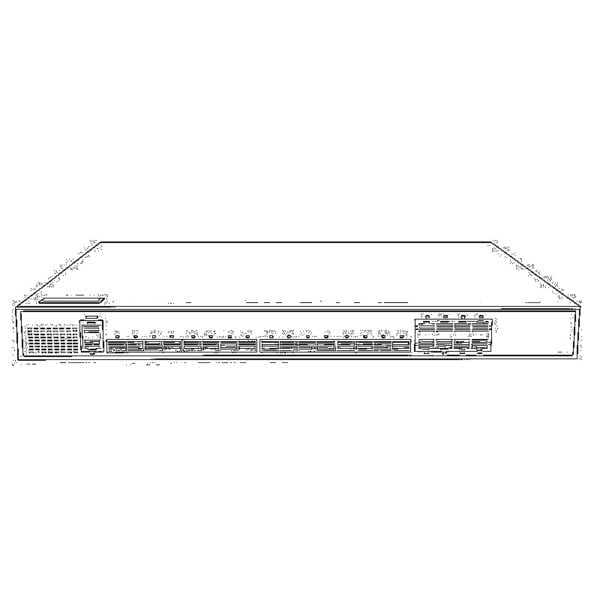 OLT GPON
OLT GPON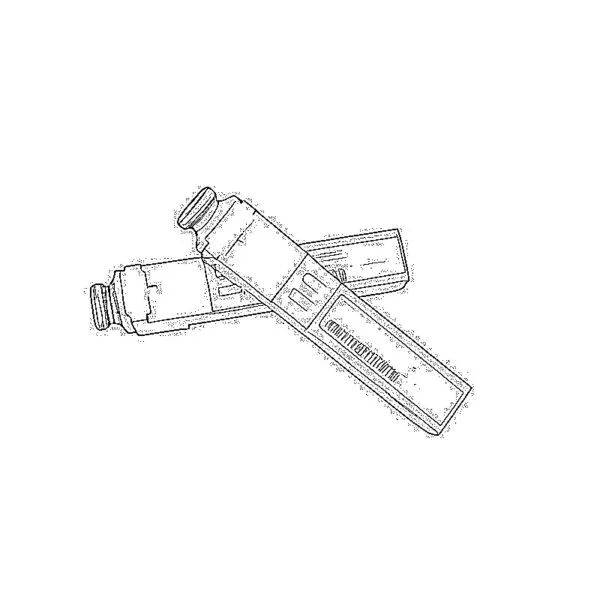 Módulo SFP PON
Módulo SFP PON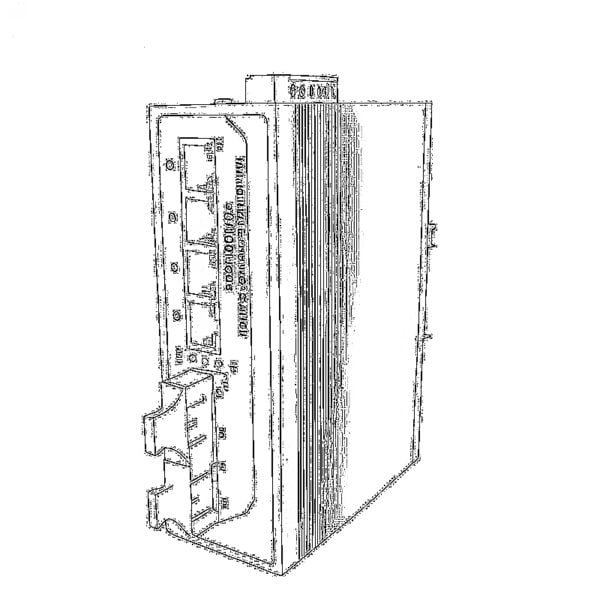 Interruptores industriales
Interruptores industriales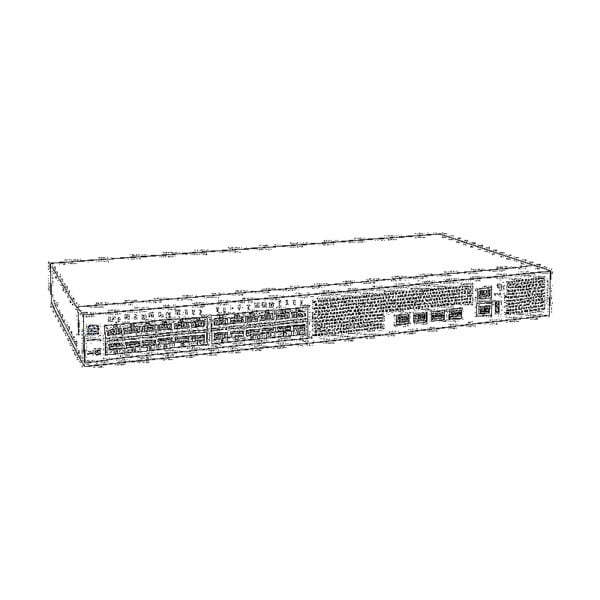 Conmutadores administrados
Conmutadores administrados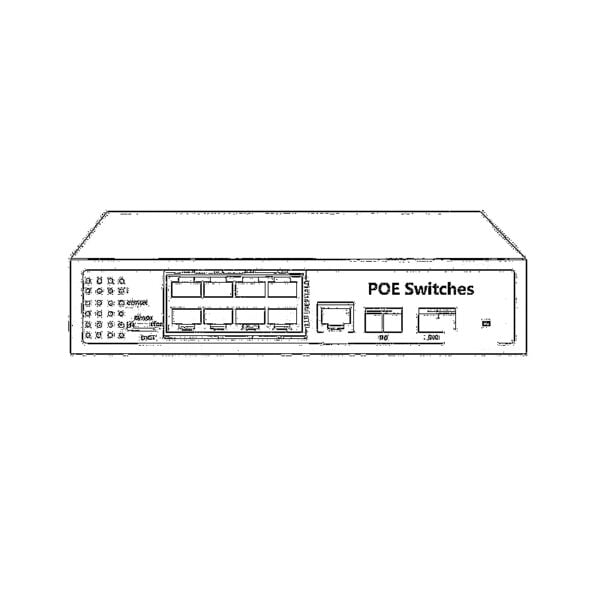 Conmutadores POE
Conmutadores POE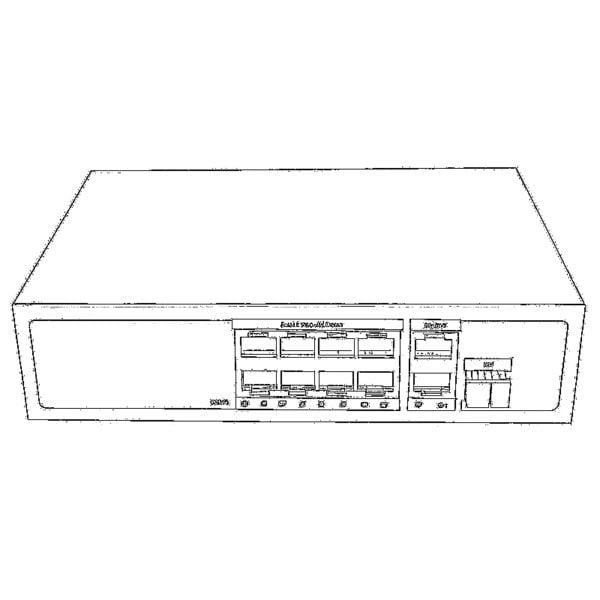 Conmutadores no administrados
Conmutadores no administrados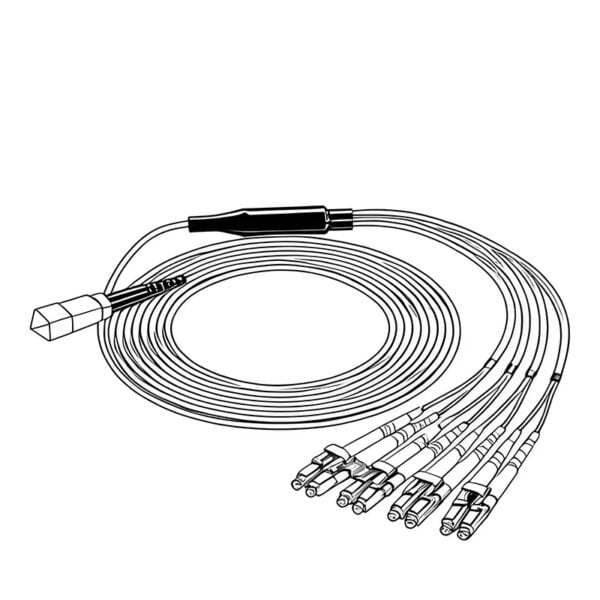 Cables de fibra MTP/MPO
Cables de fibra MTP/MPO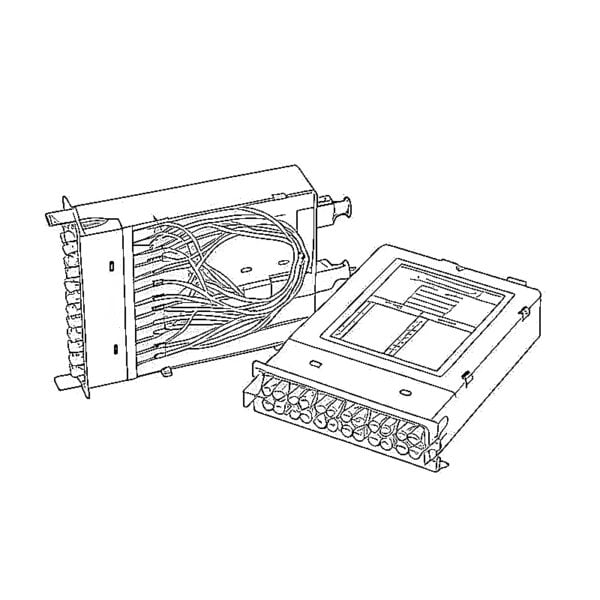 Casetes de fibra óptica
Casetes de fibra óptica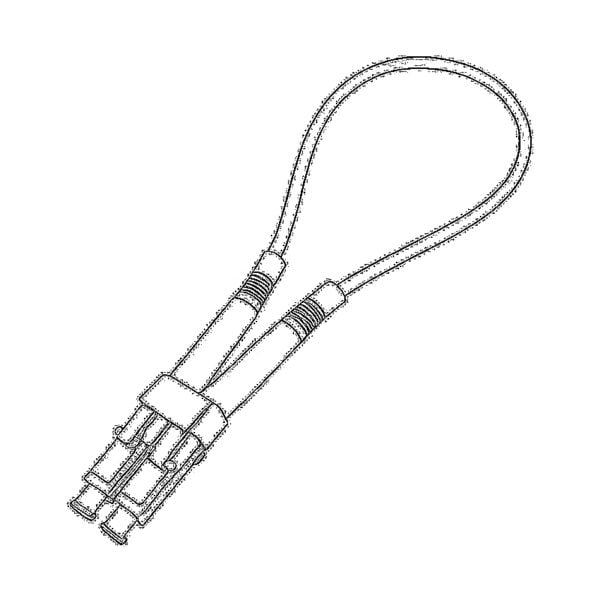 Bucle de fibra óptica
Bucle de fibra óptica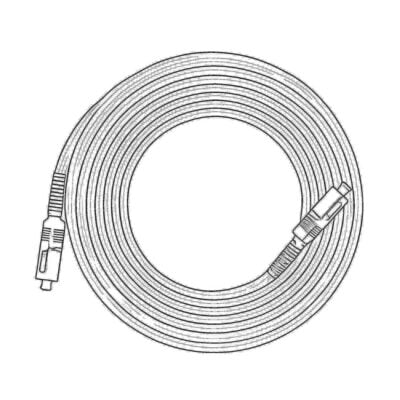 Cables ópticos y pigtails de fibra
Cables ópticos y pigtails de fibra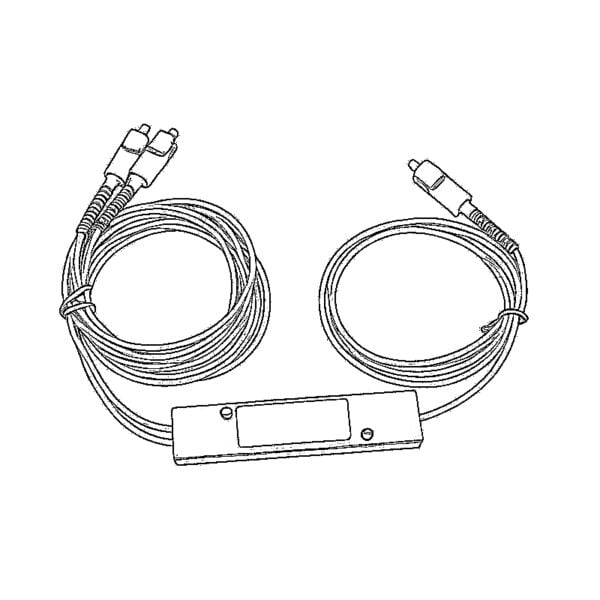 Divisores ópticos y caja divisora
Divisores ópticos y caja divisora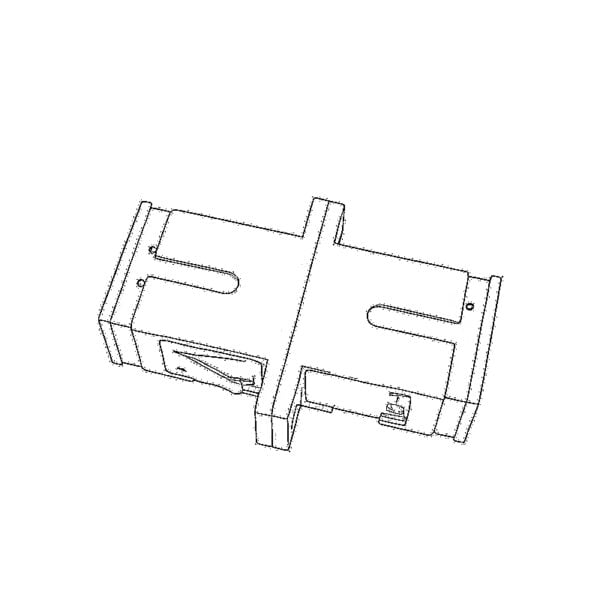 Conectores de brida de fibra
Conectores de brida de fibra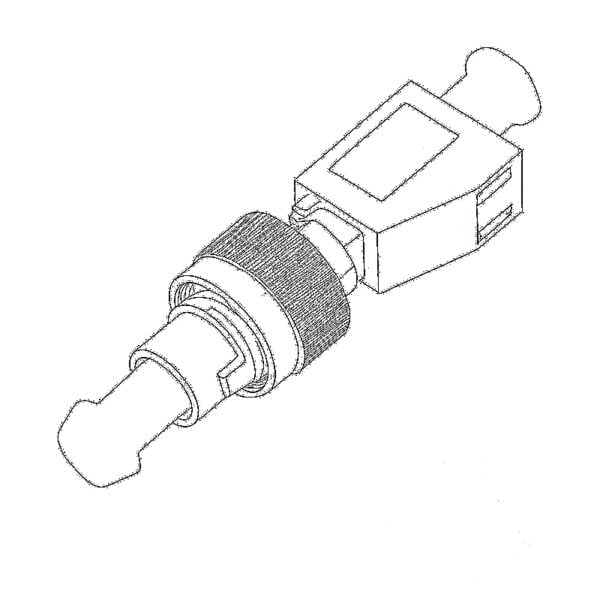 Adaptadores ópticos
Adaptadores ópticos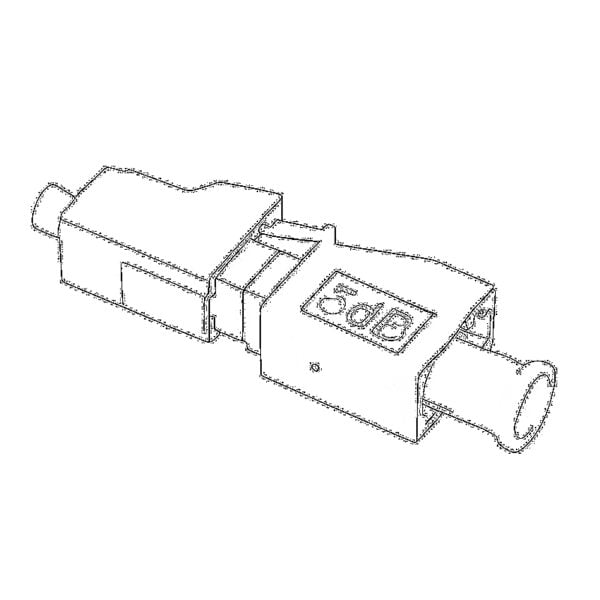 Atenuador óptico
Atenuador óptico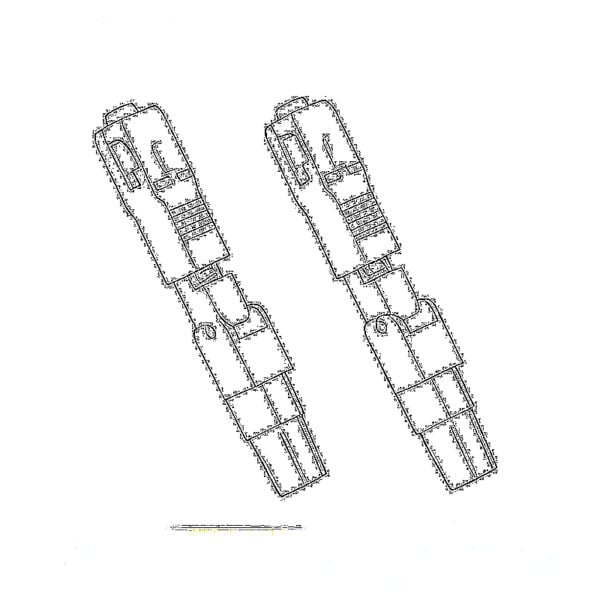 Conector rápido y panel de conectores
Conector rápido y panel de conectores Amplificador de televisión por cable
Amplificador de televisión por cable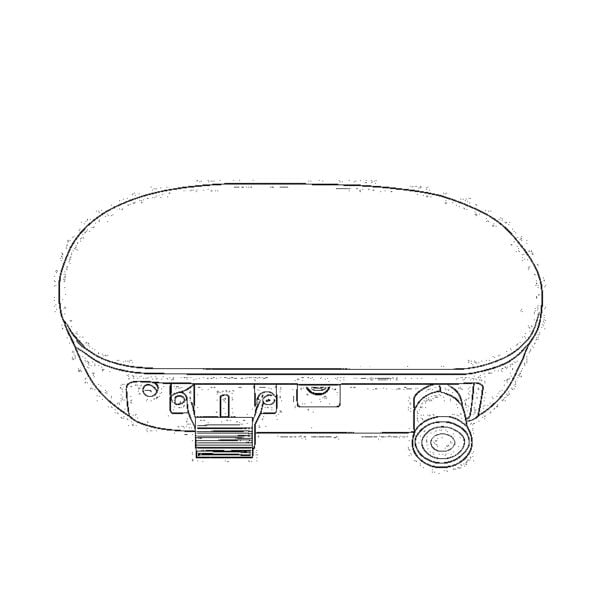 Receptor óptico CATV
Receptor óptico CATV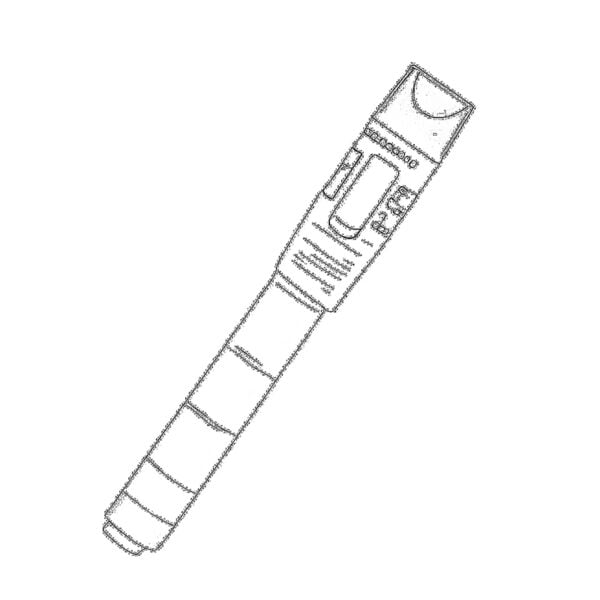 Localizador visual de fallas
Localizador visual de fallas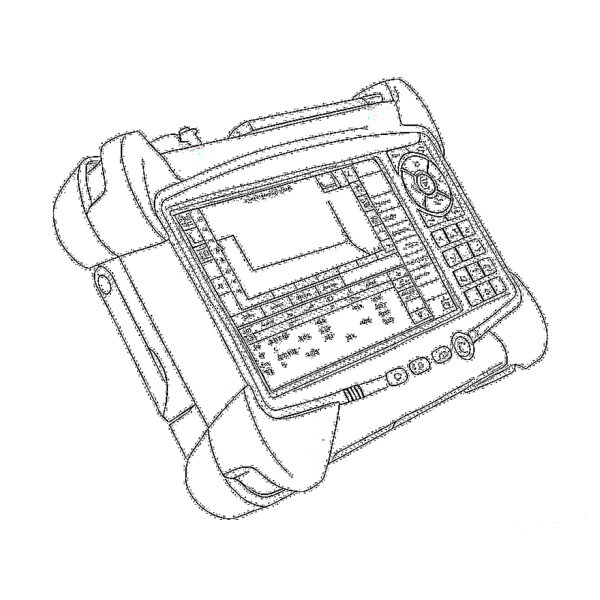 OTDR
OTDR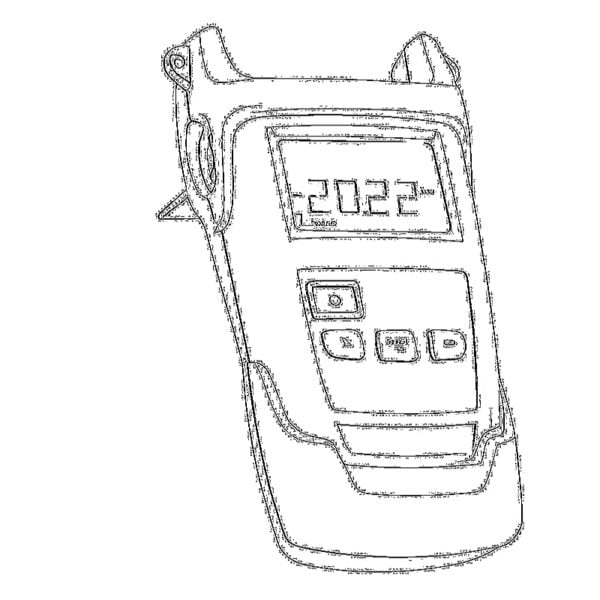 Medidor de potencia óptica
Medidor de potencia óptica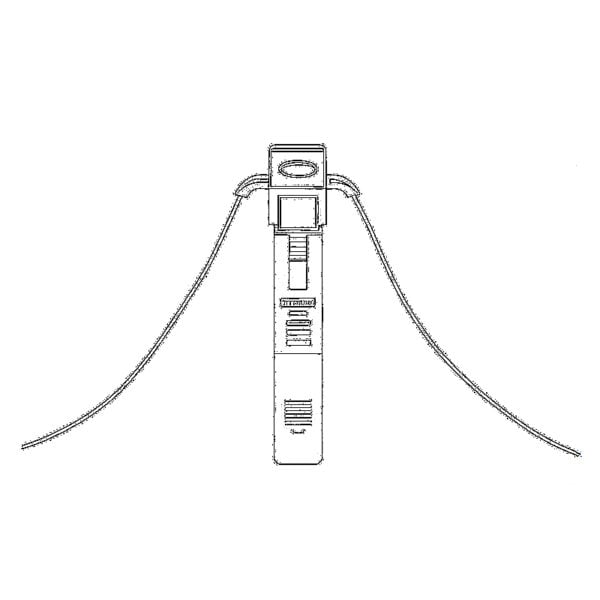 Identificador de fibra óptica
Identificador de fibra óptica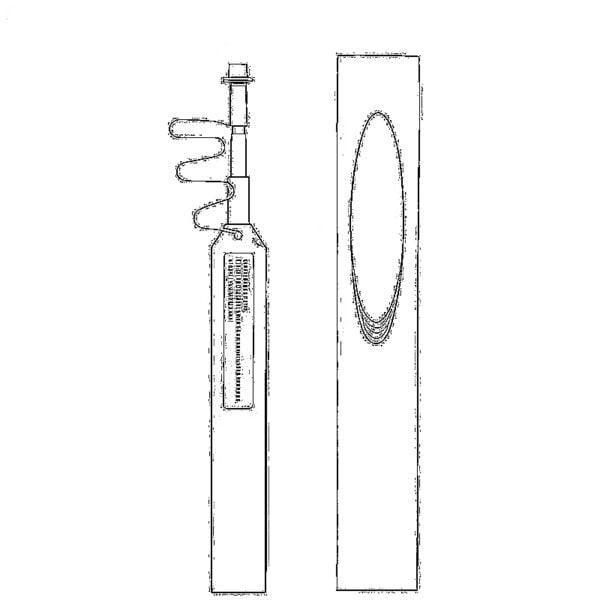 Limpiadores de fibra óptica
Limpiadores de fibra óptica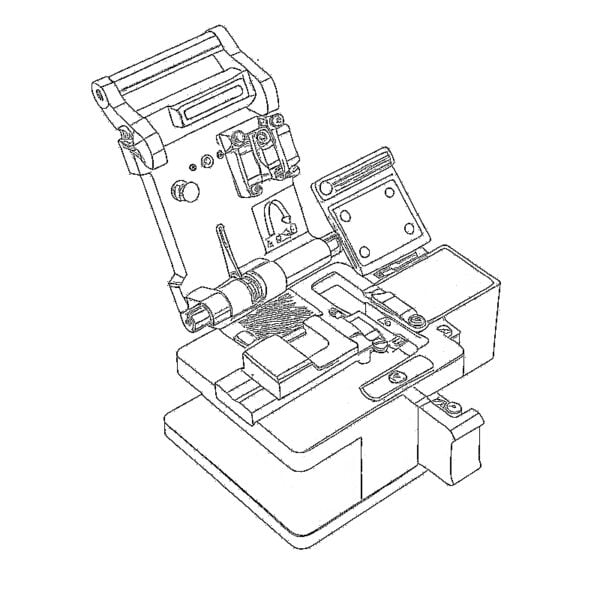 Cuchillas y peladores de fibra
Cuchillas y peladores de fibra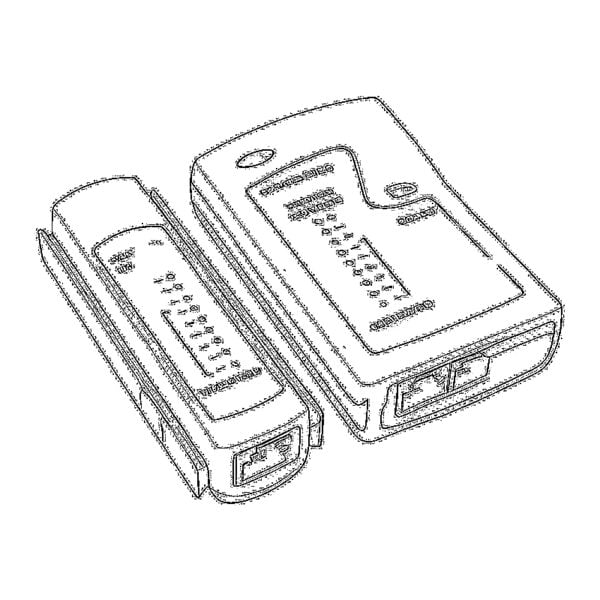 Herramientas de cobre
Herramientas de cobre